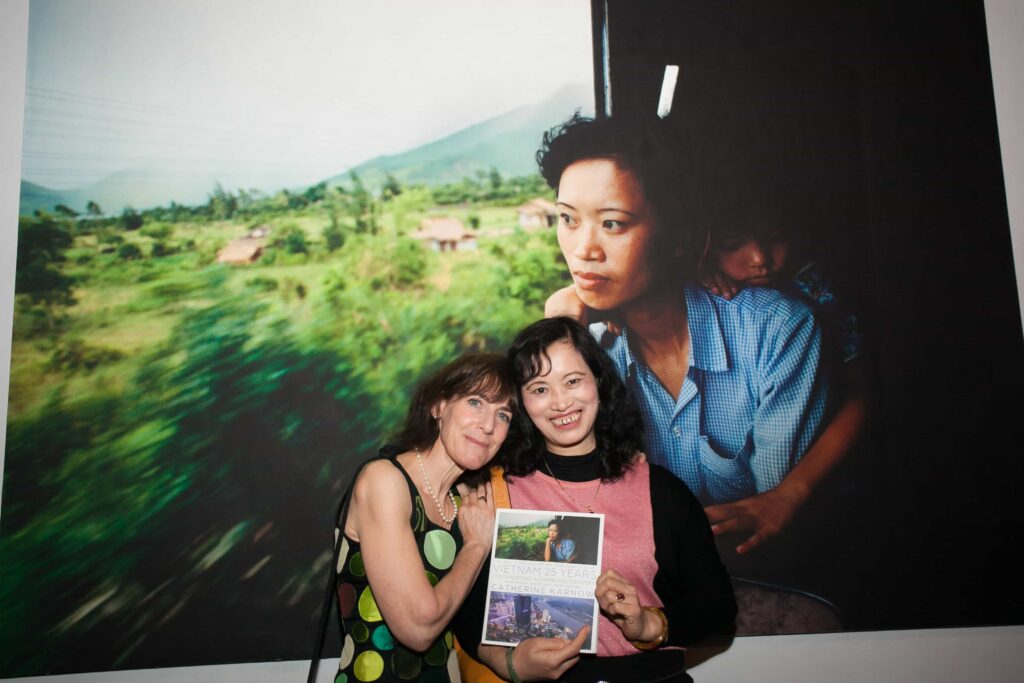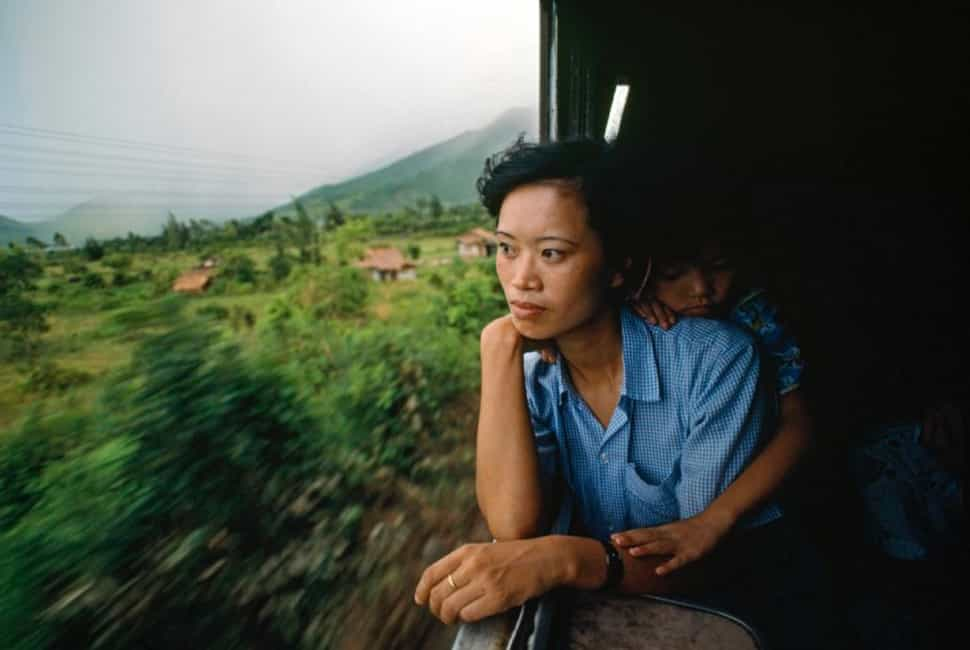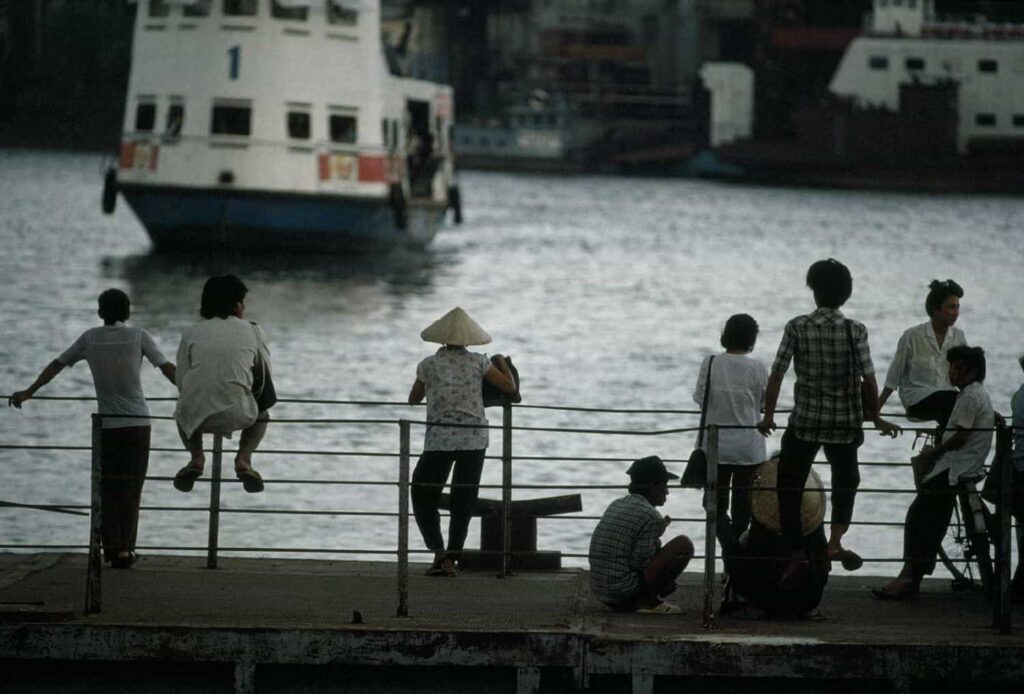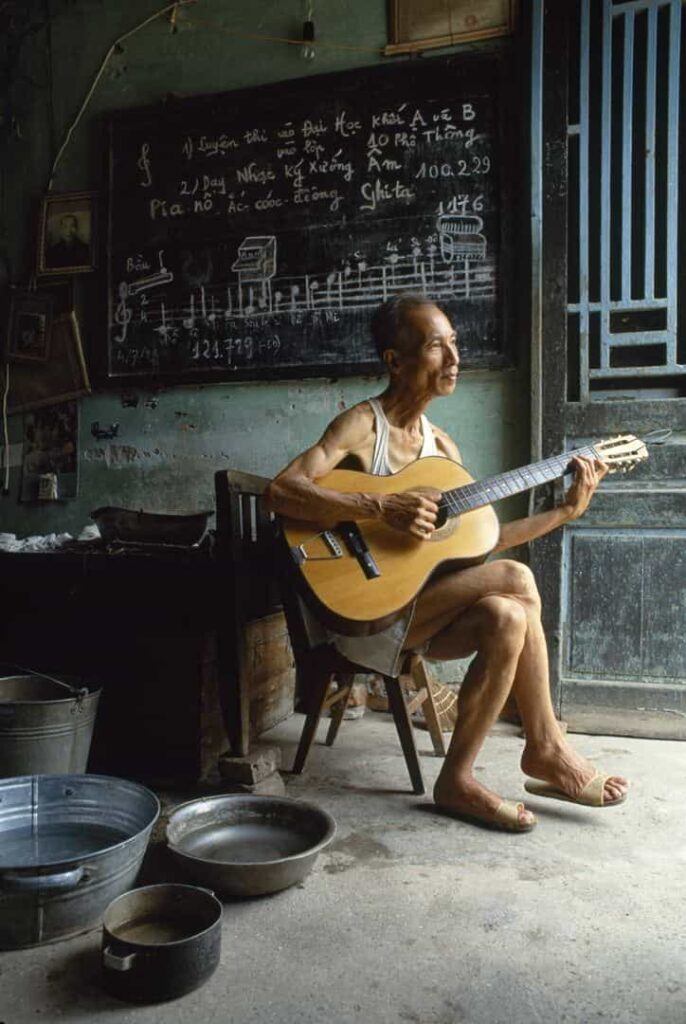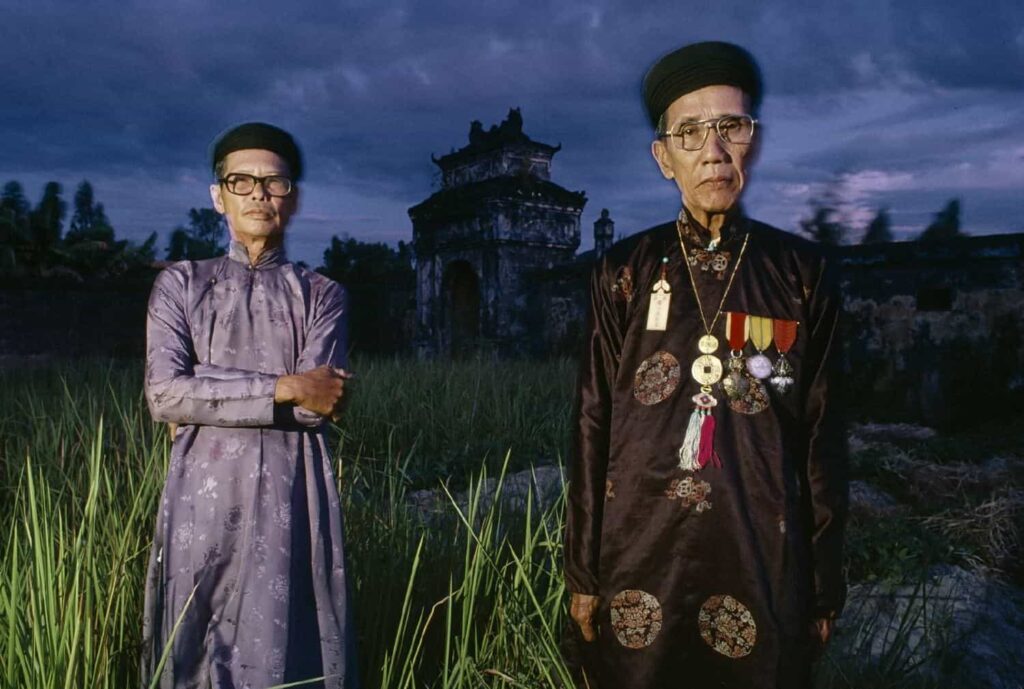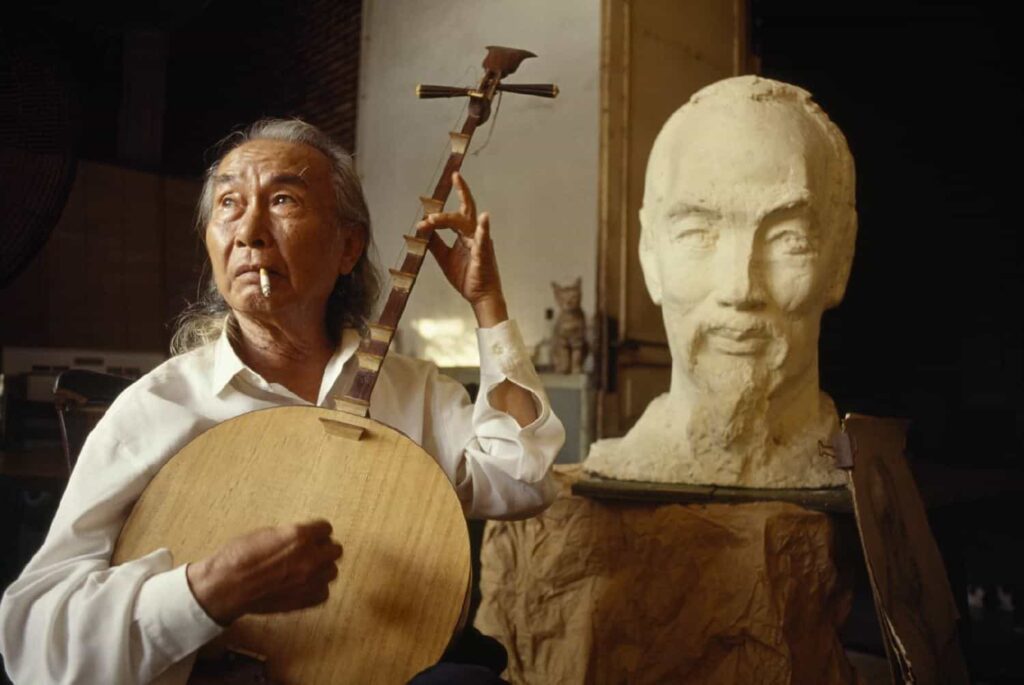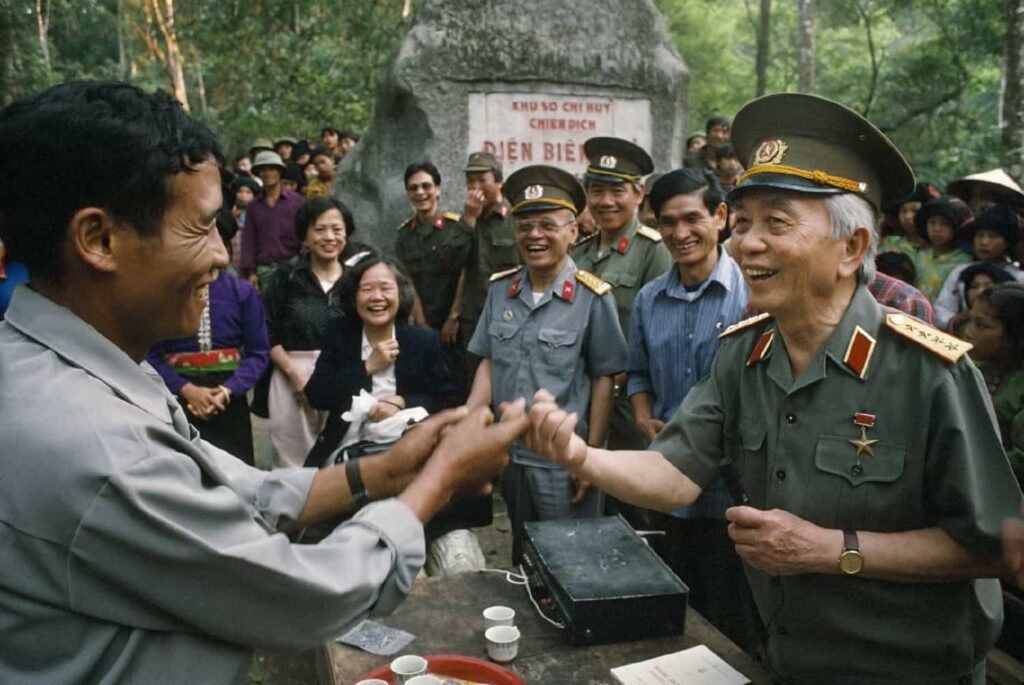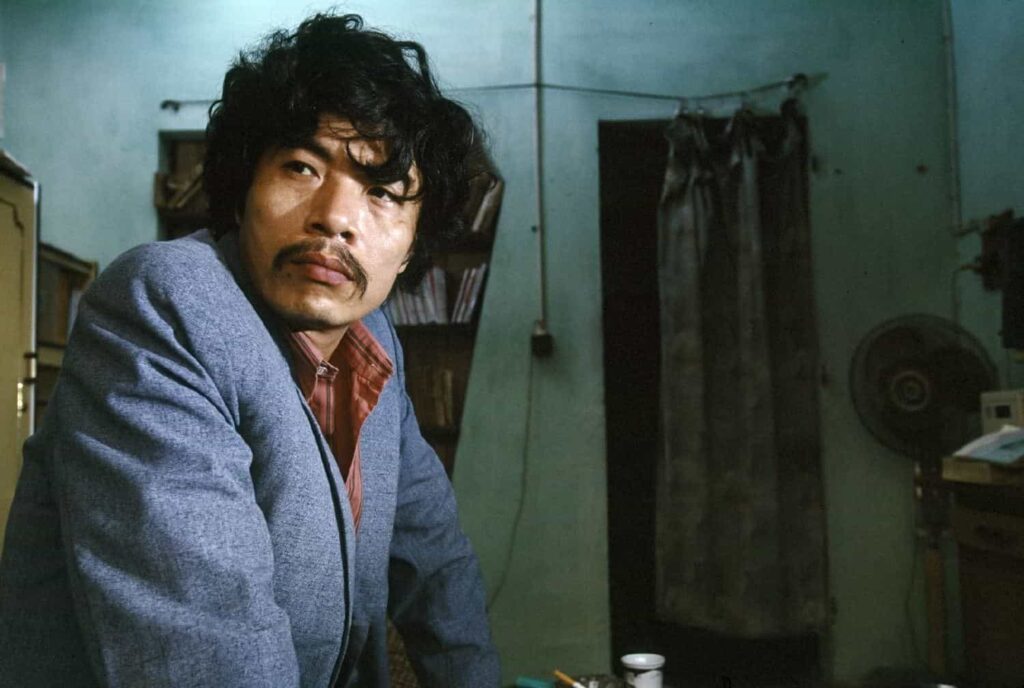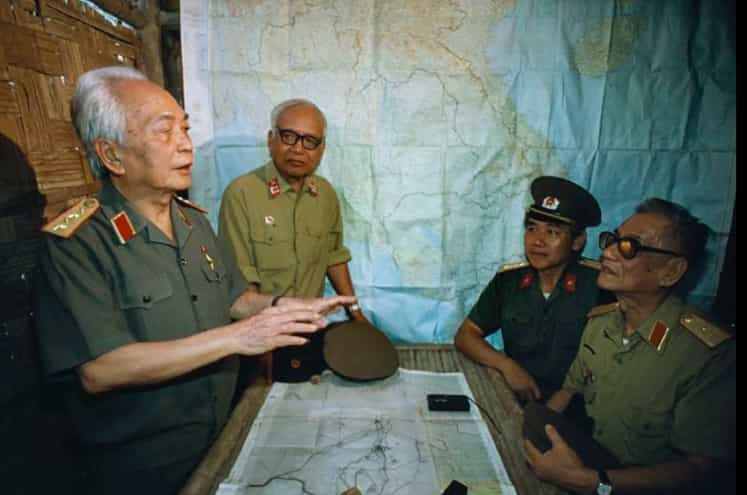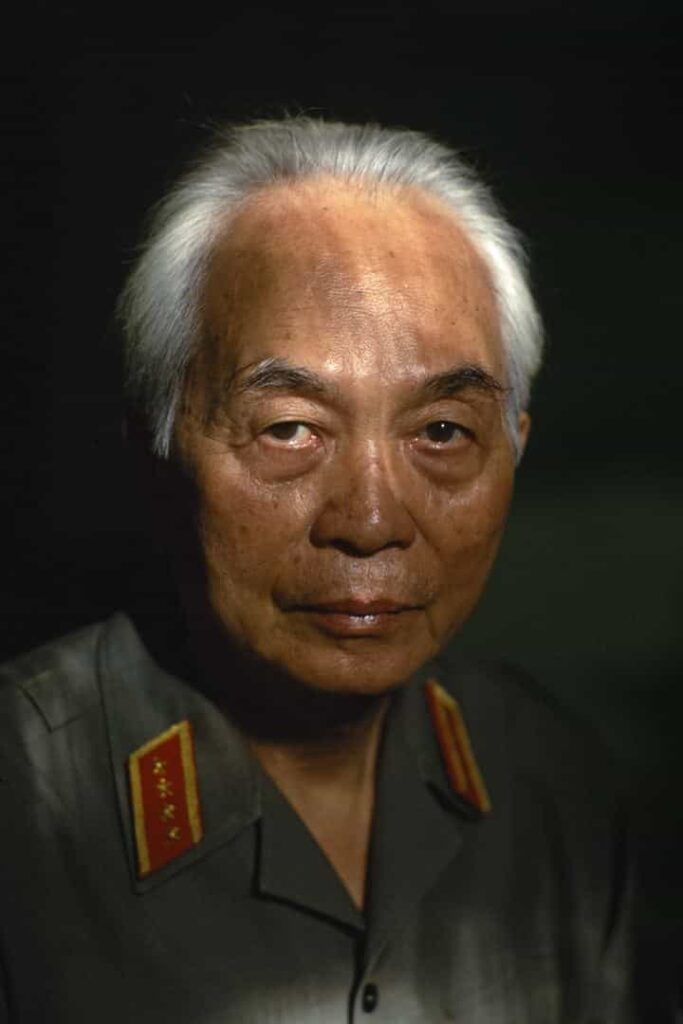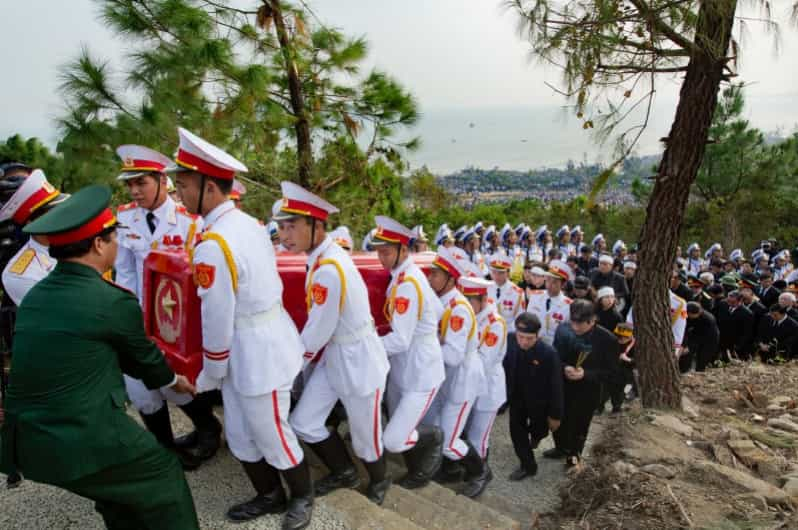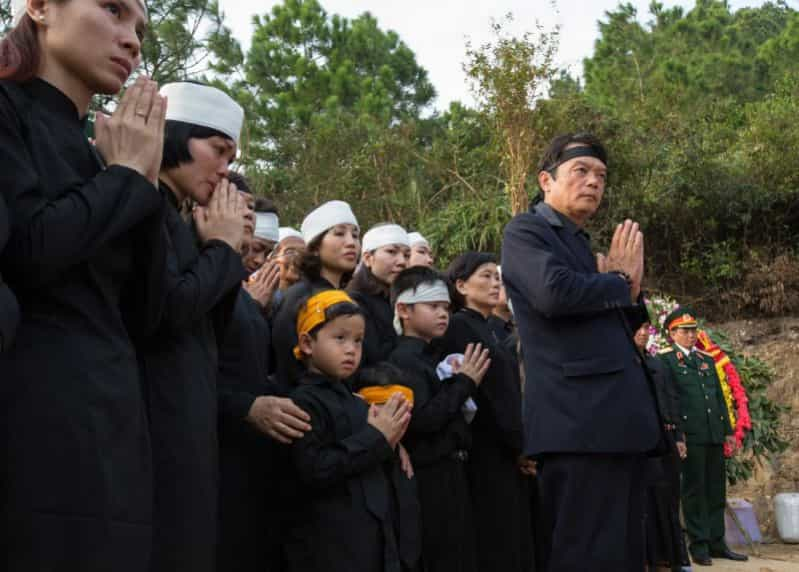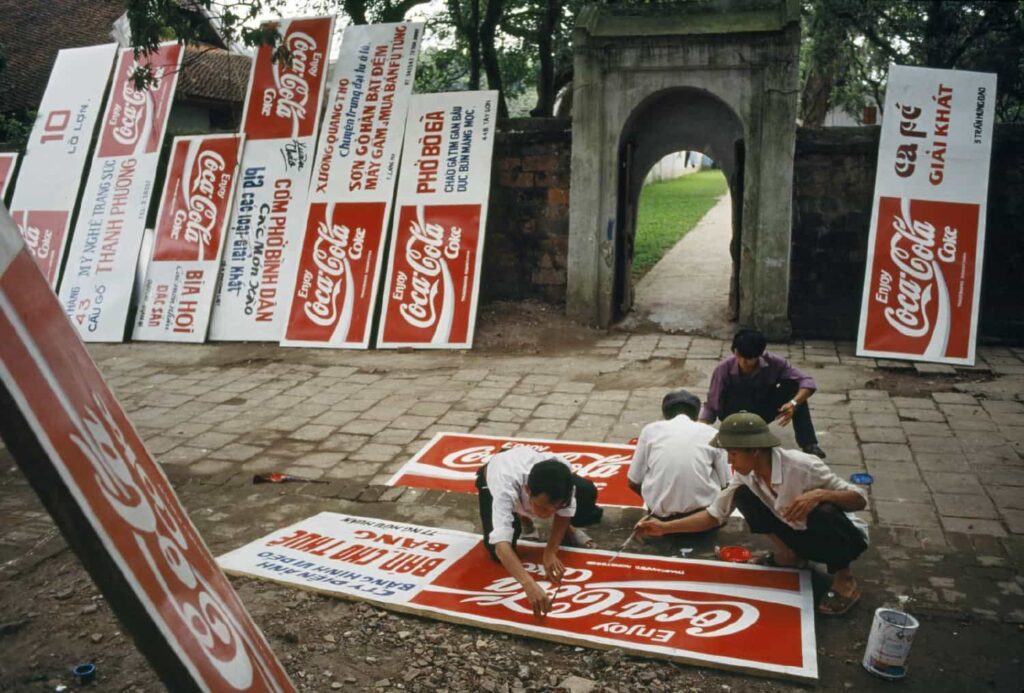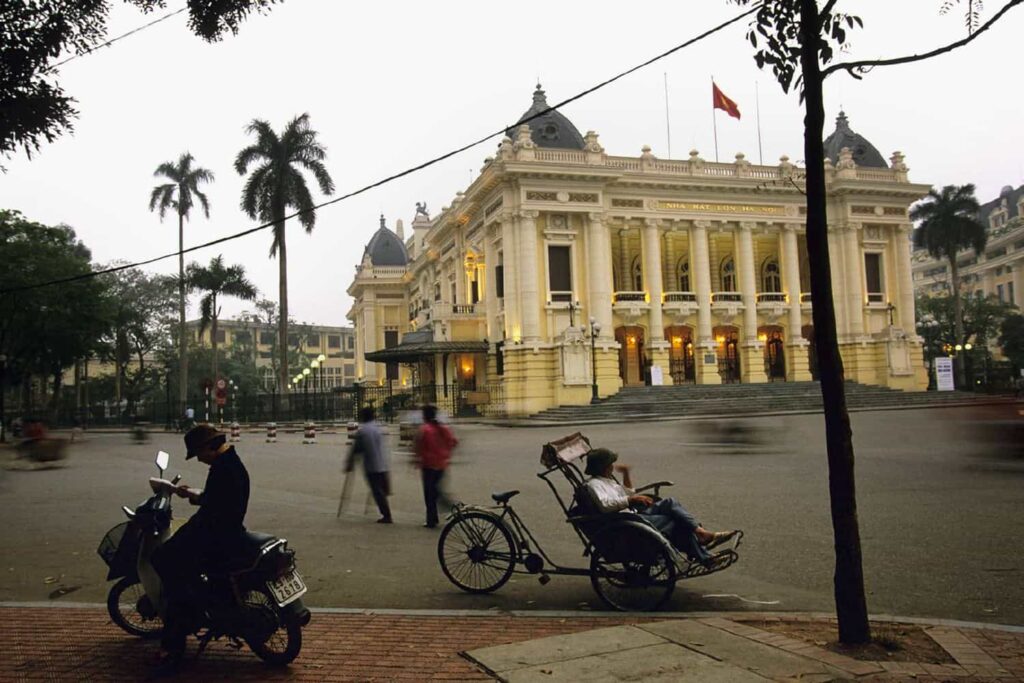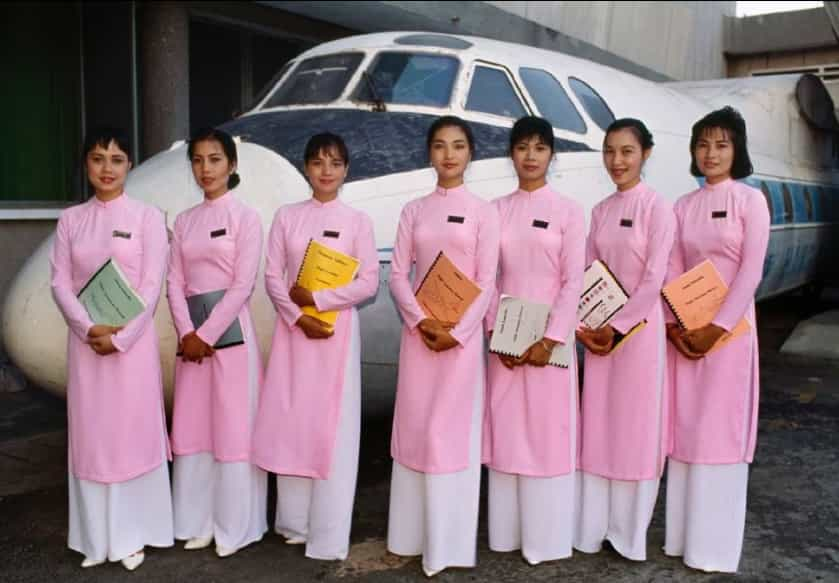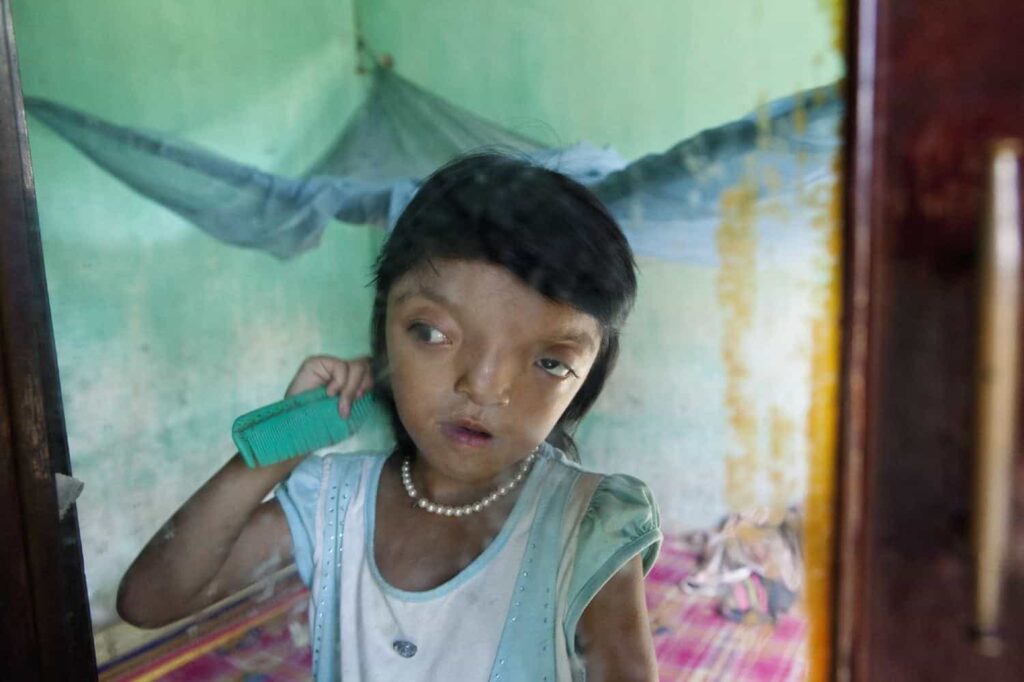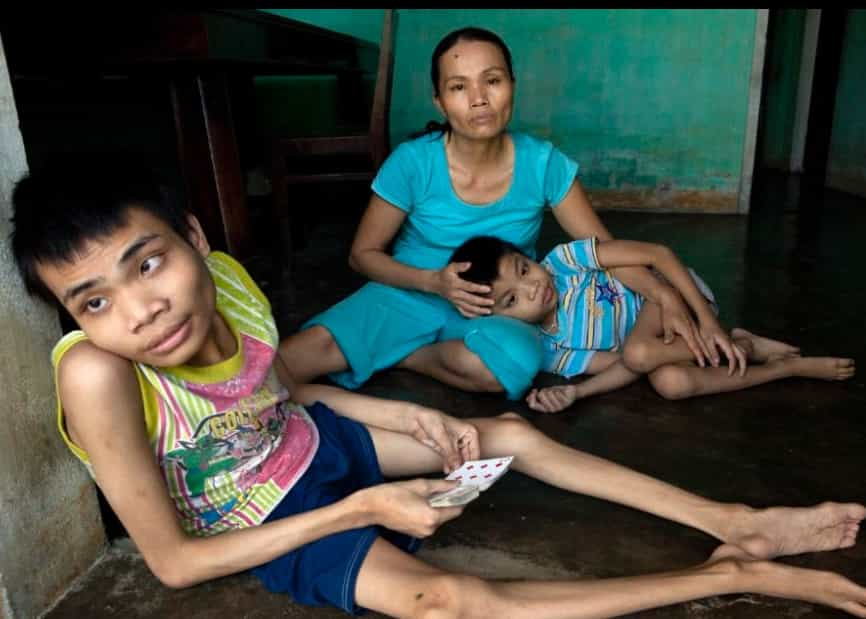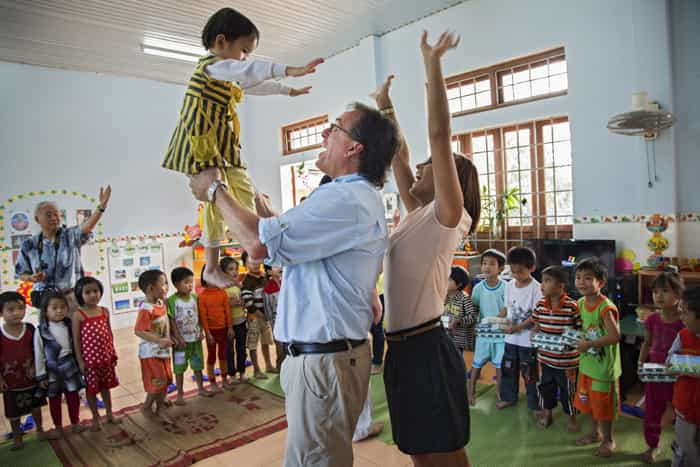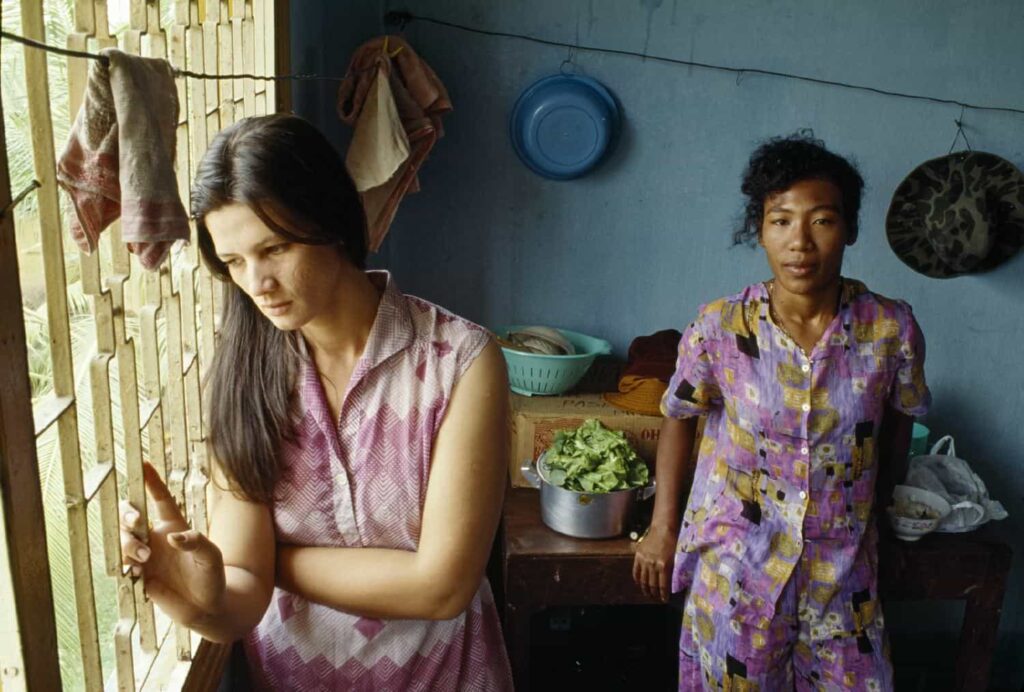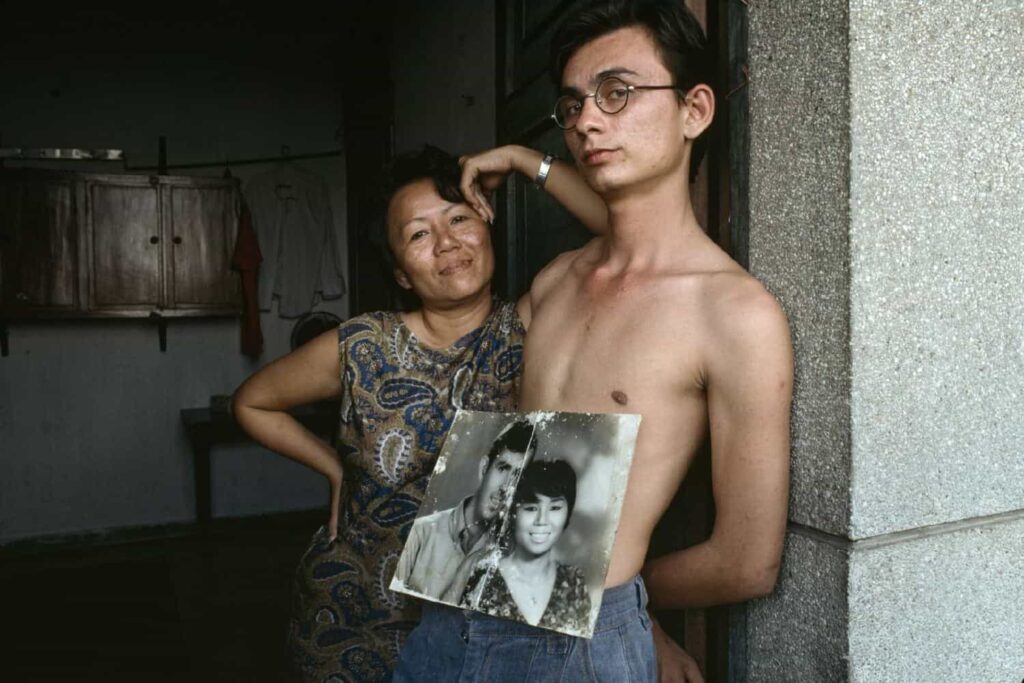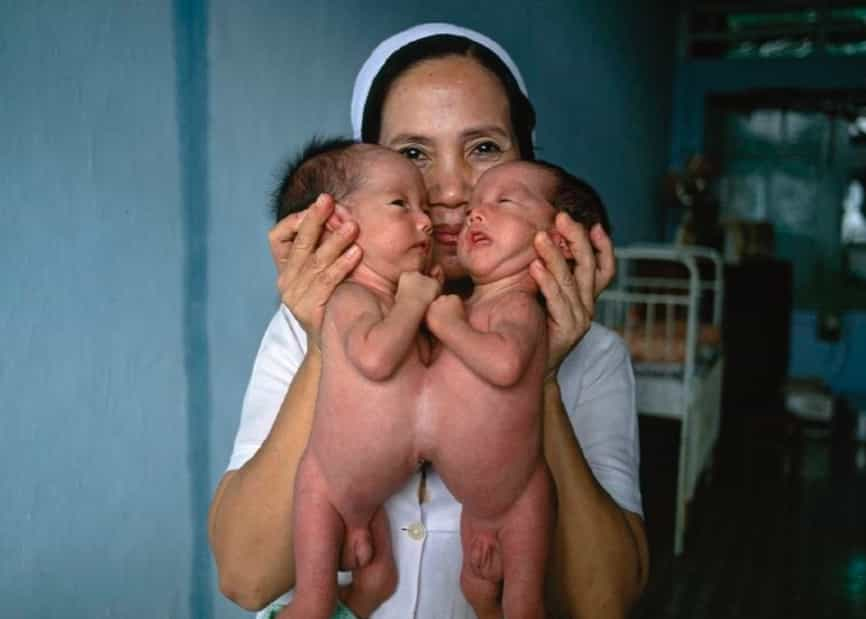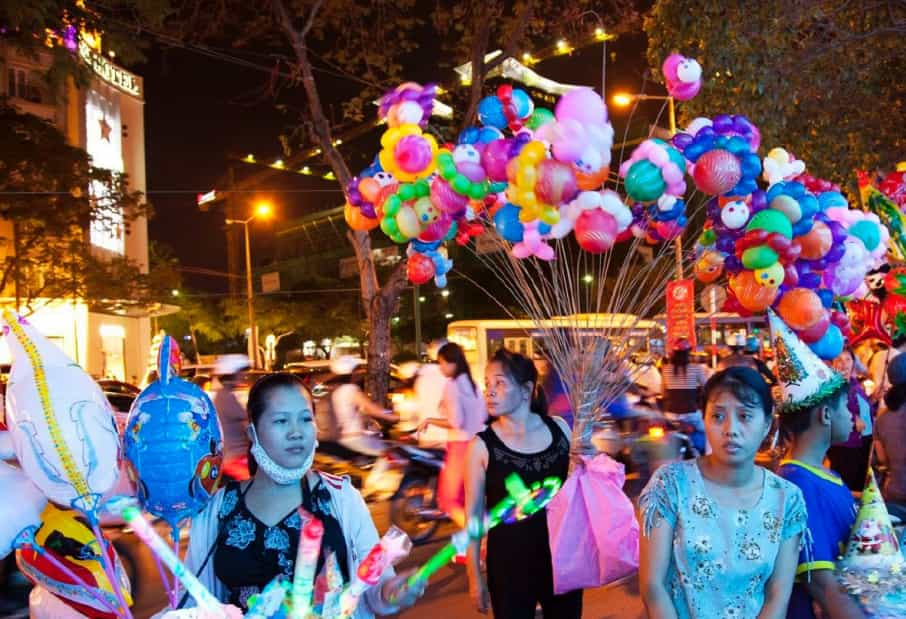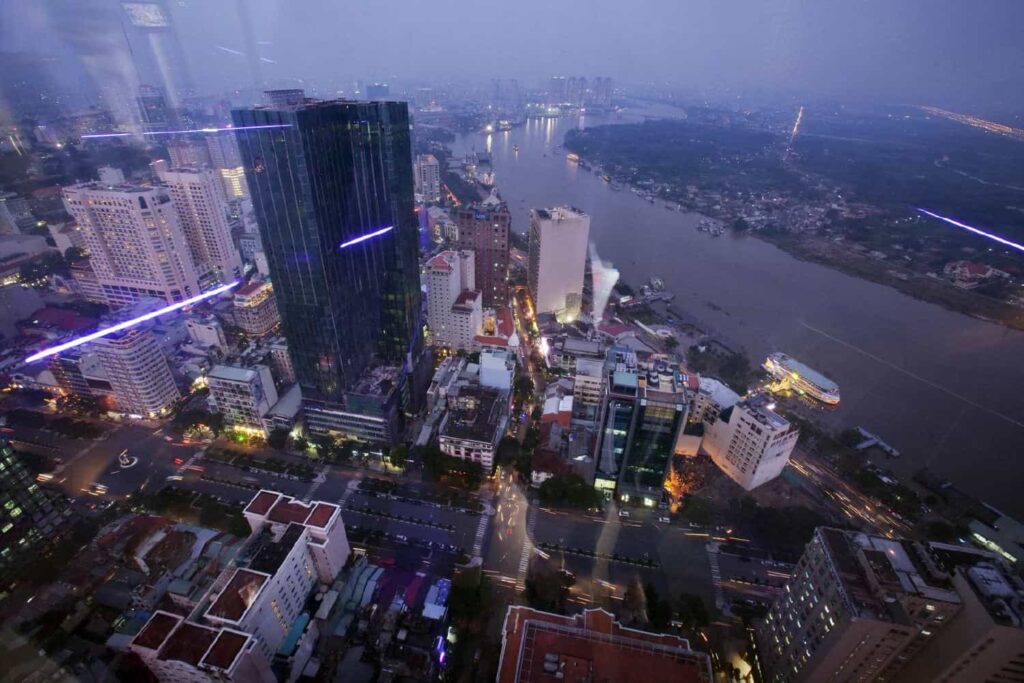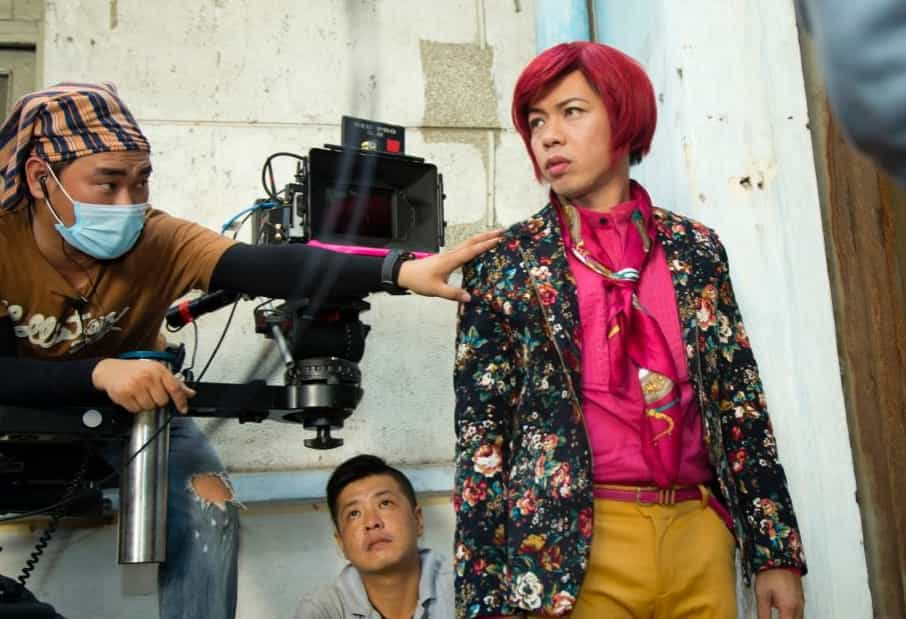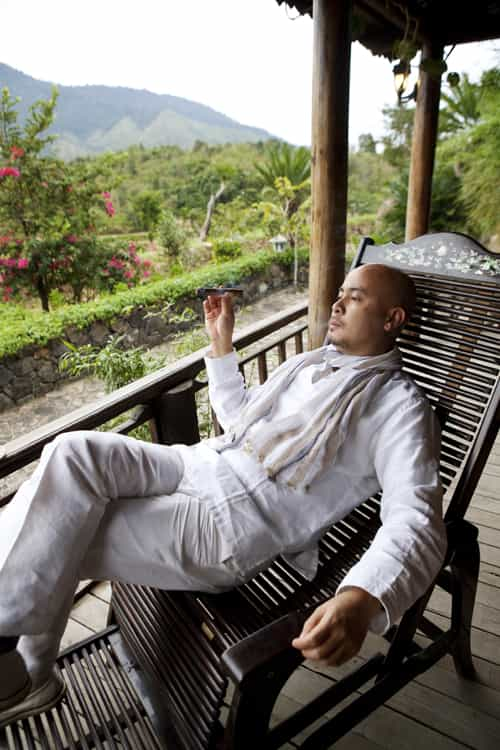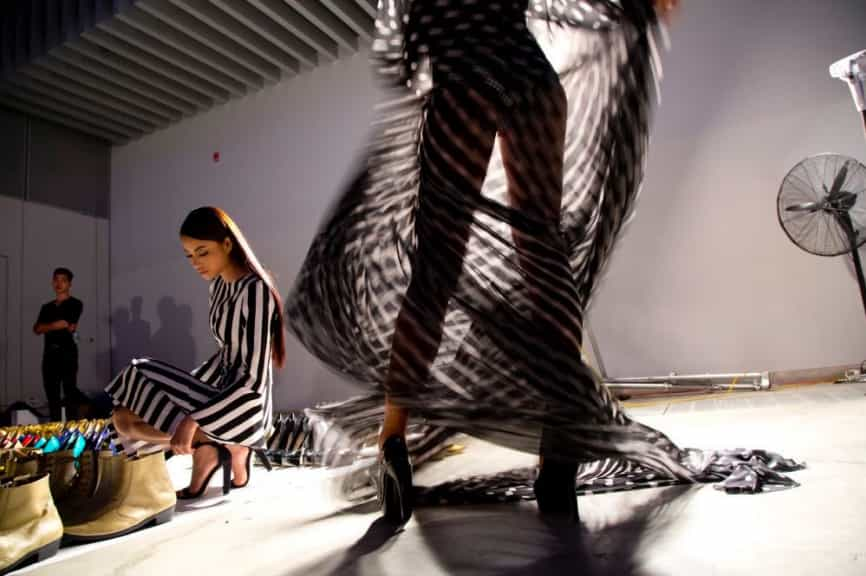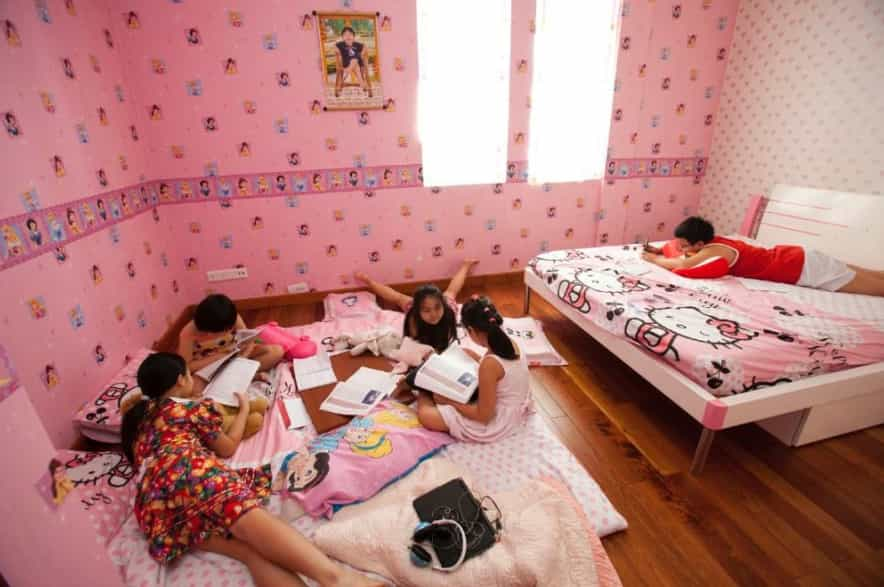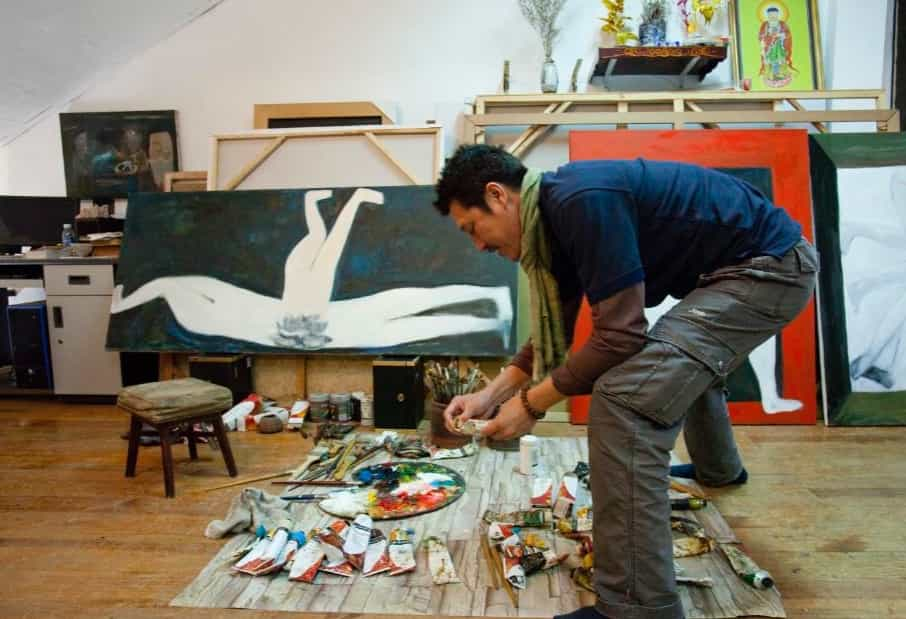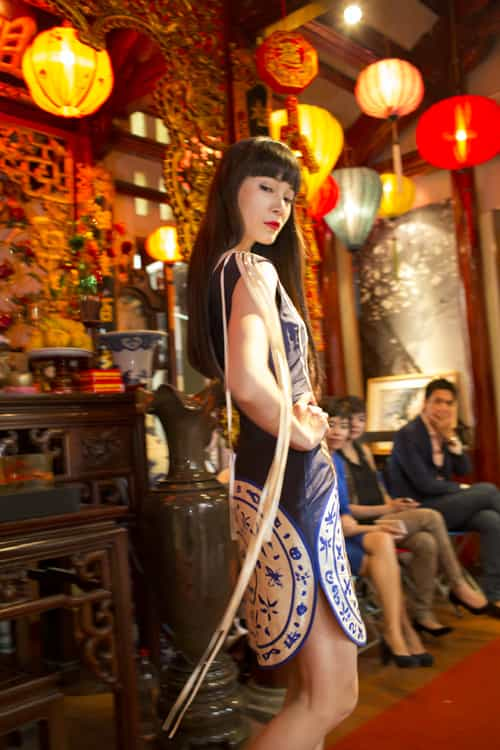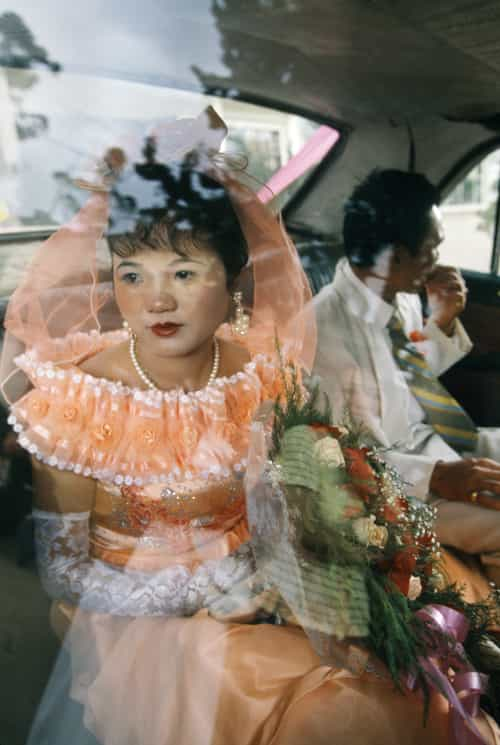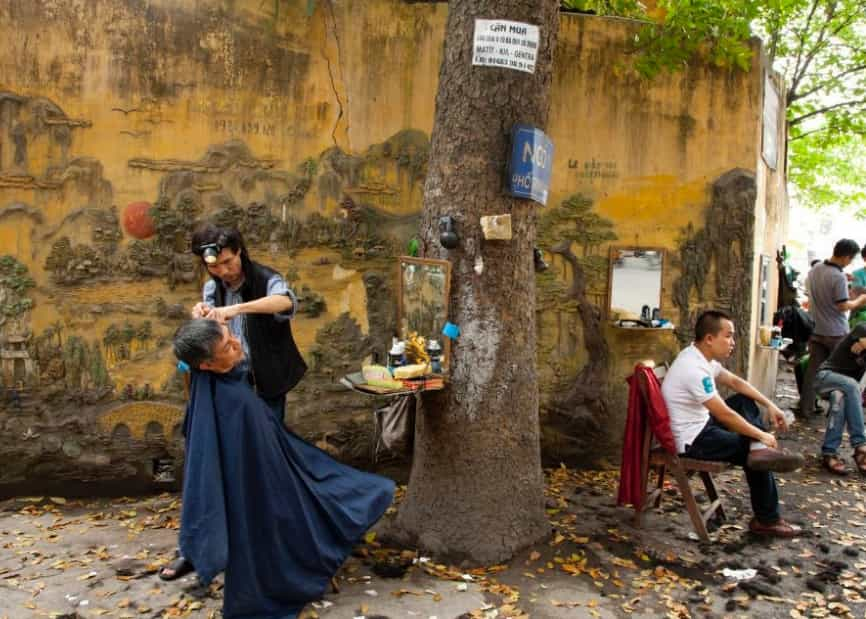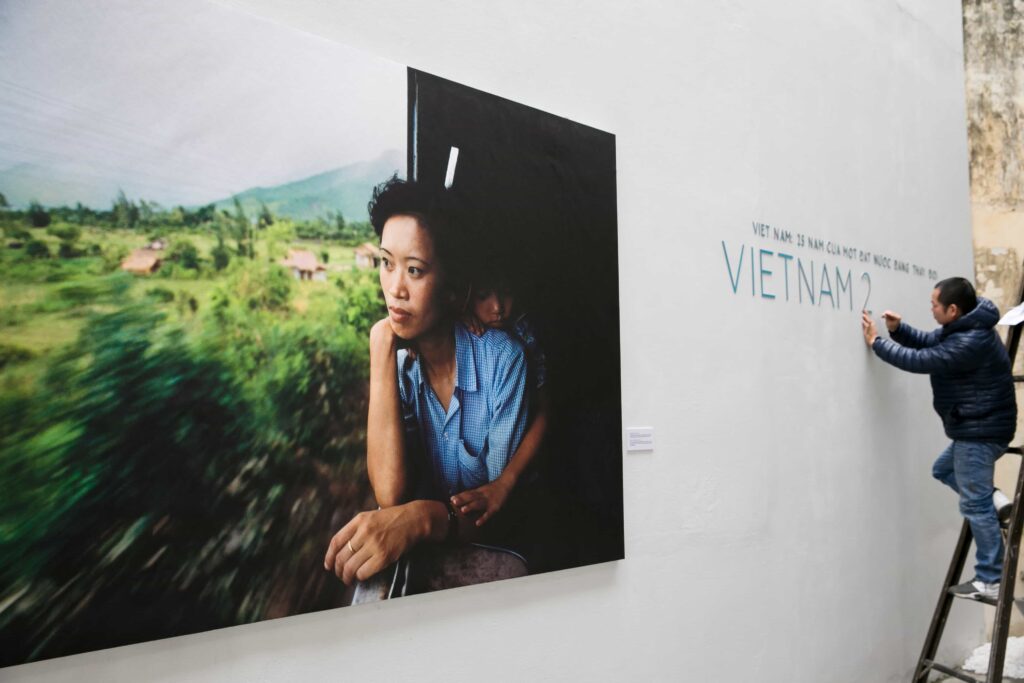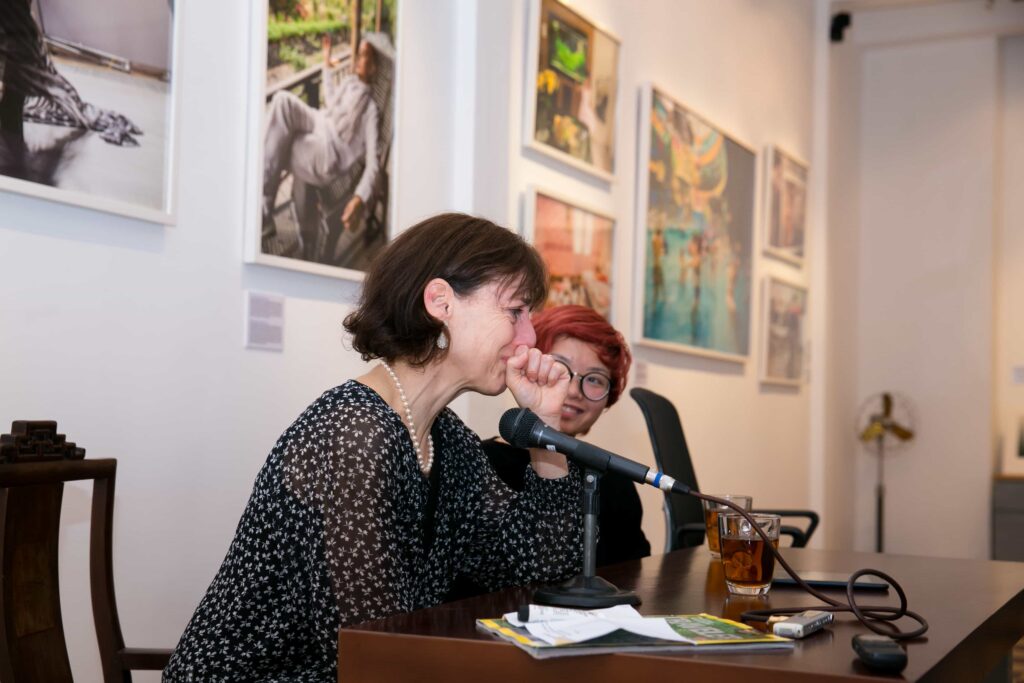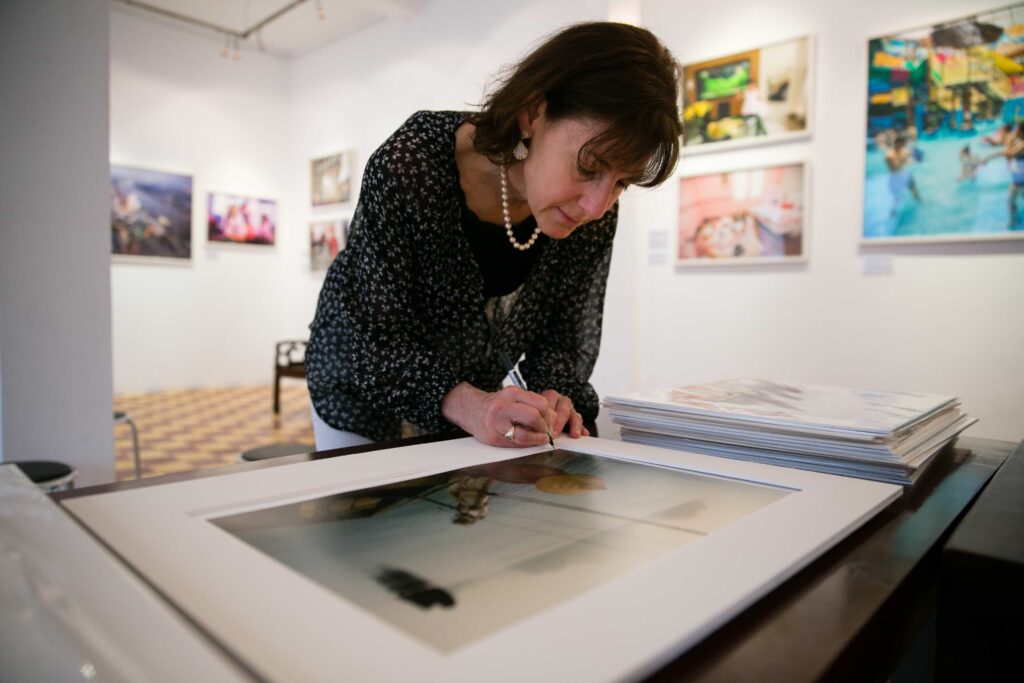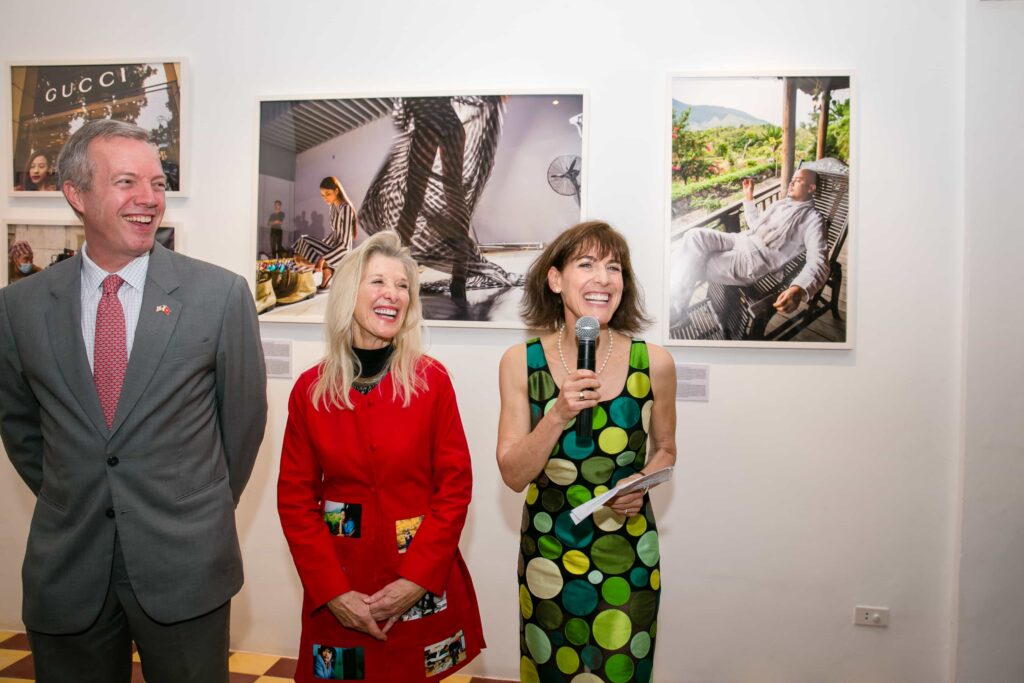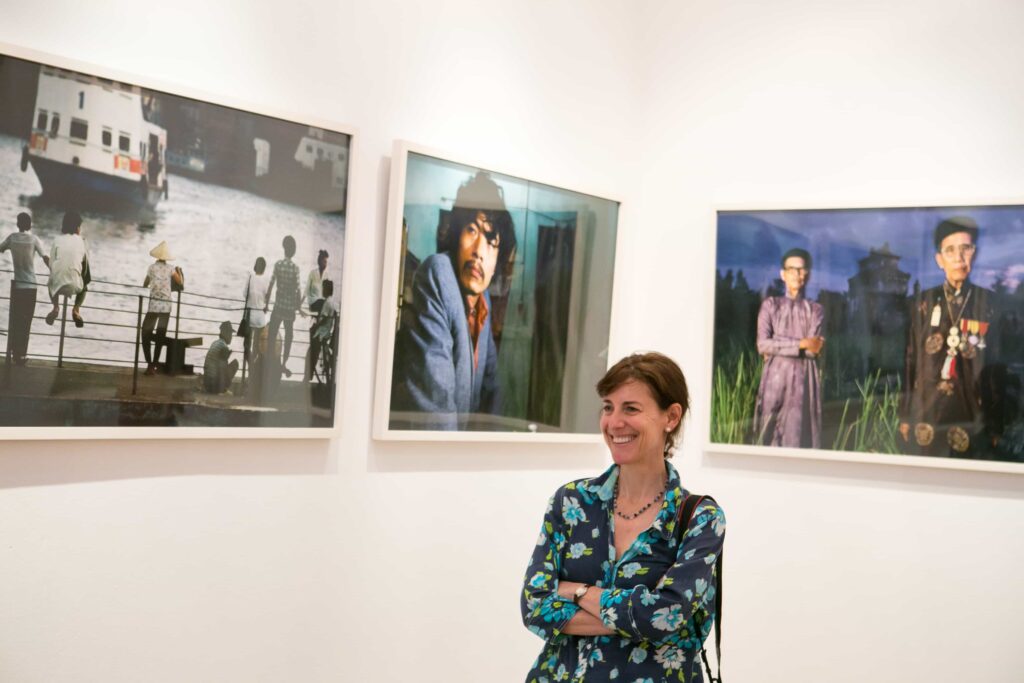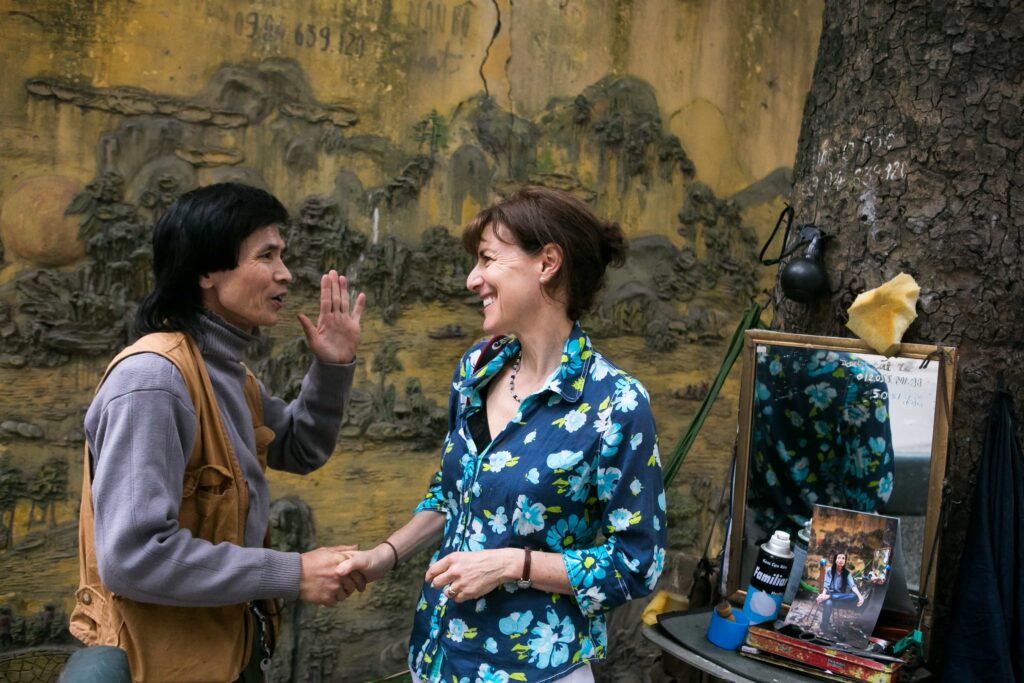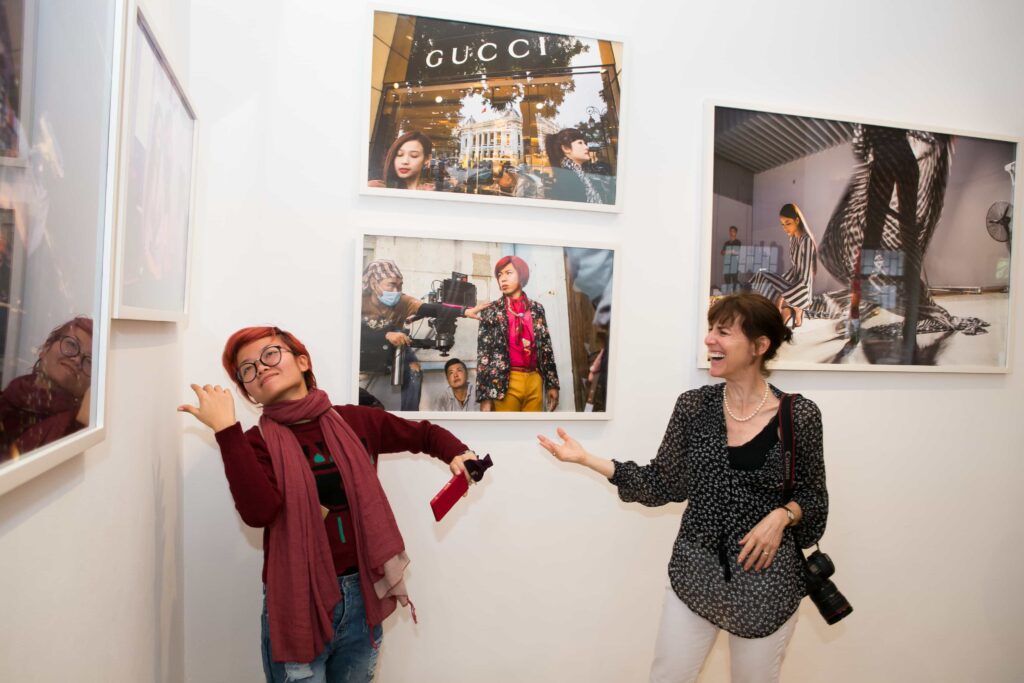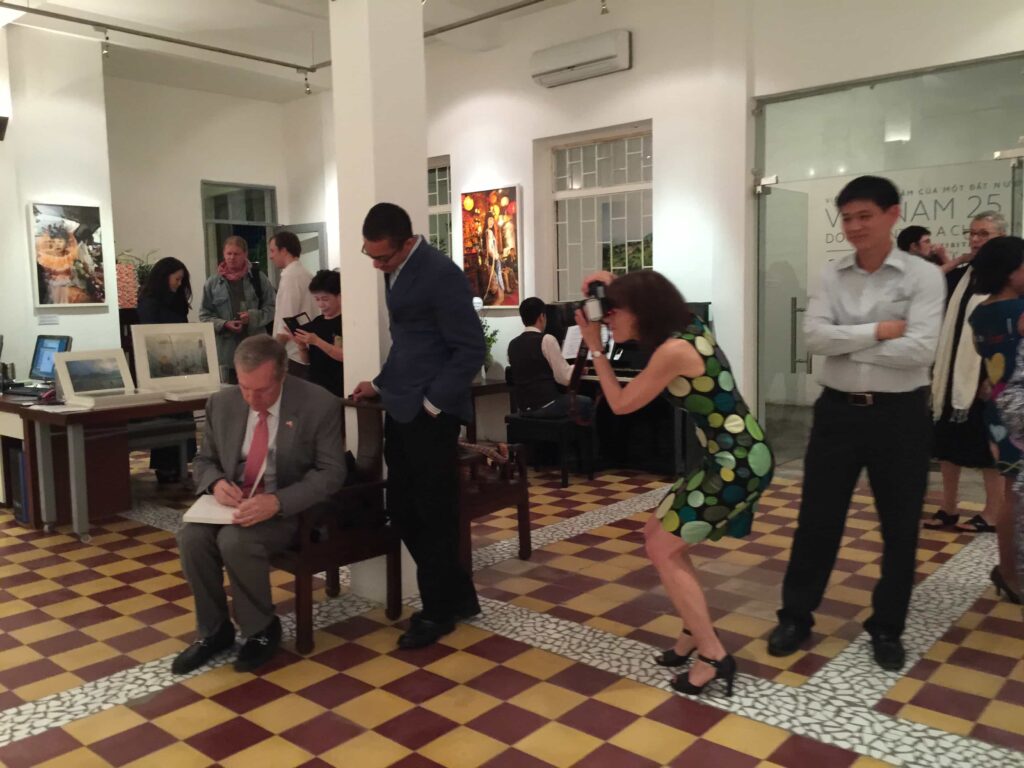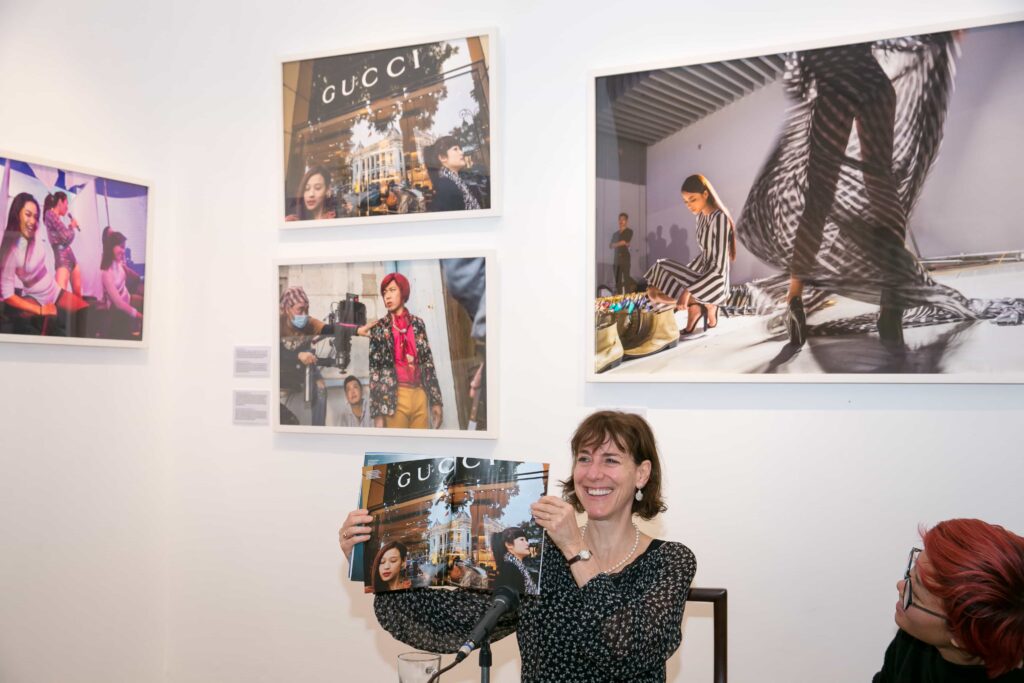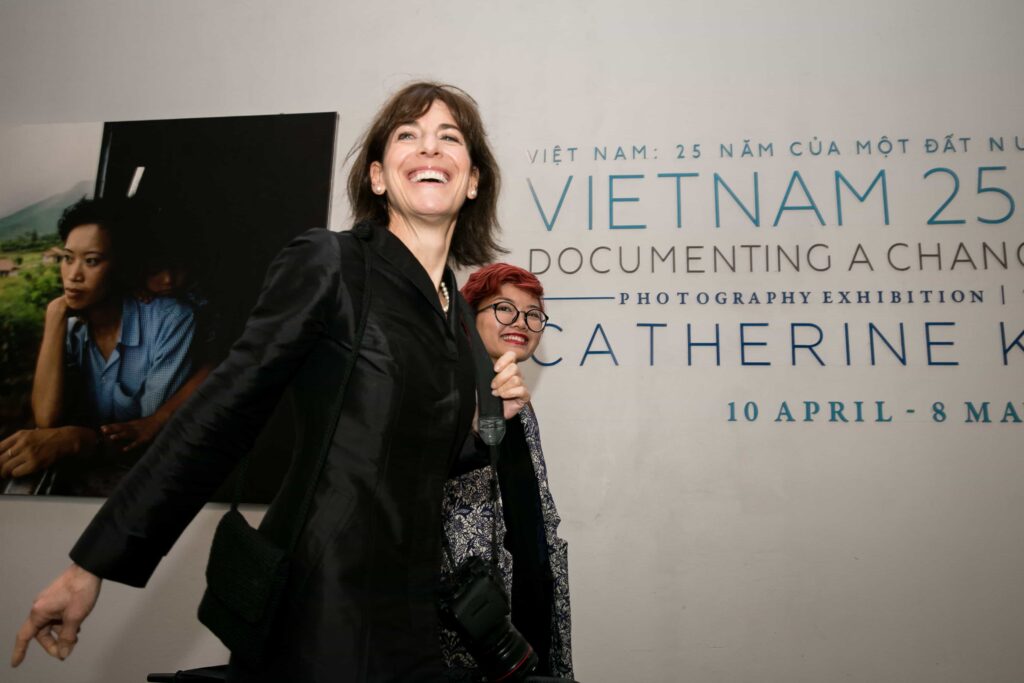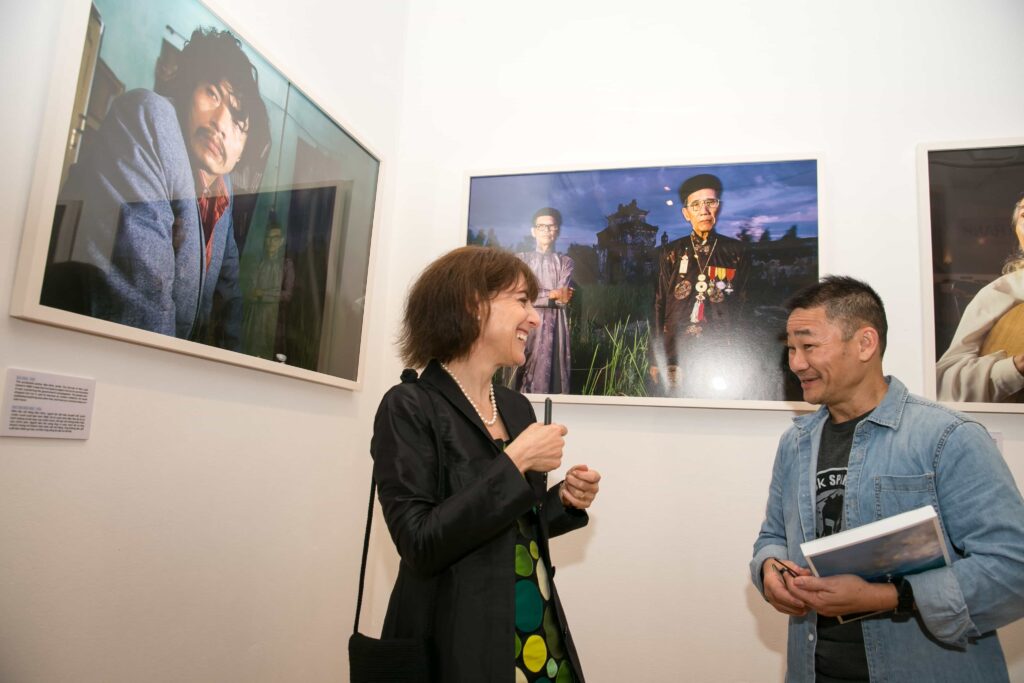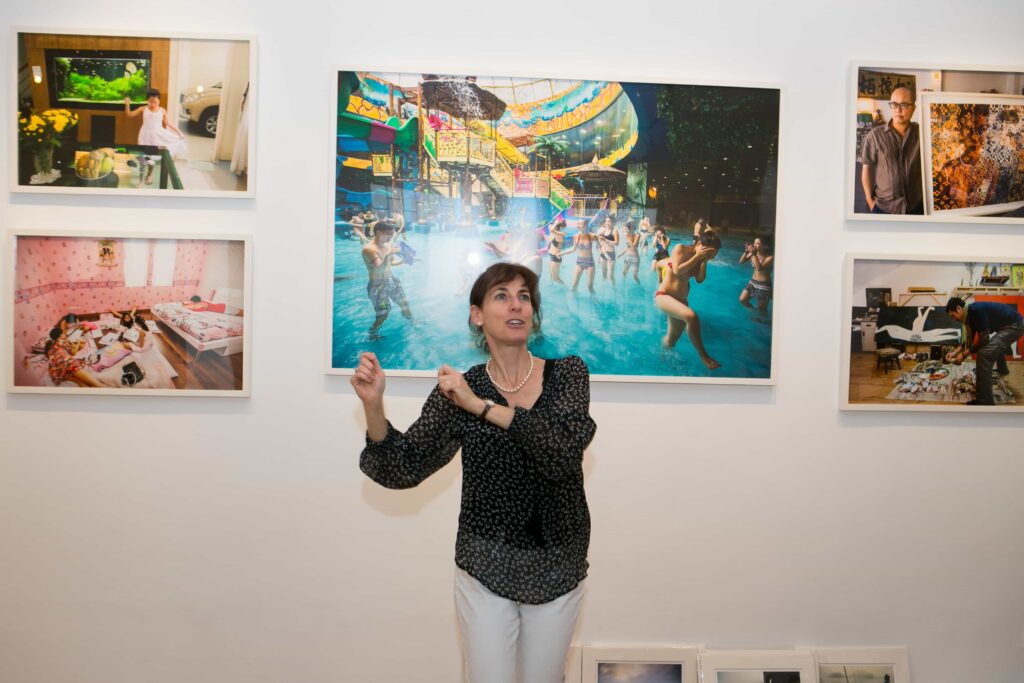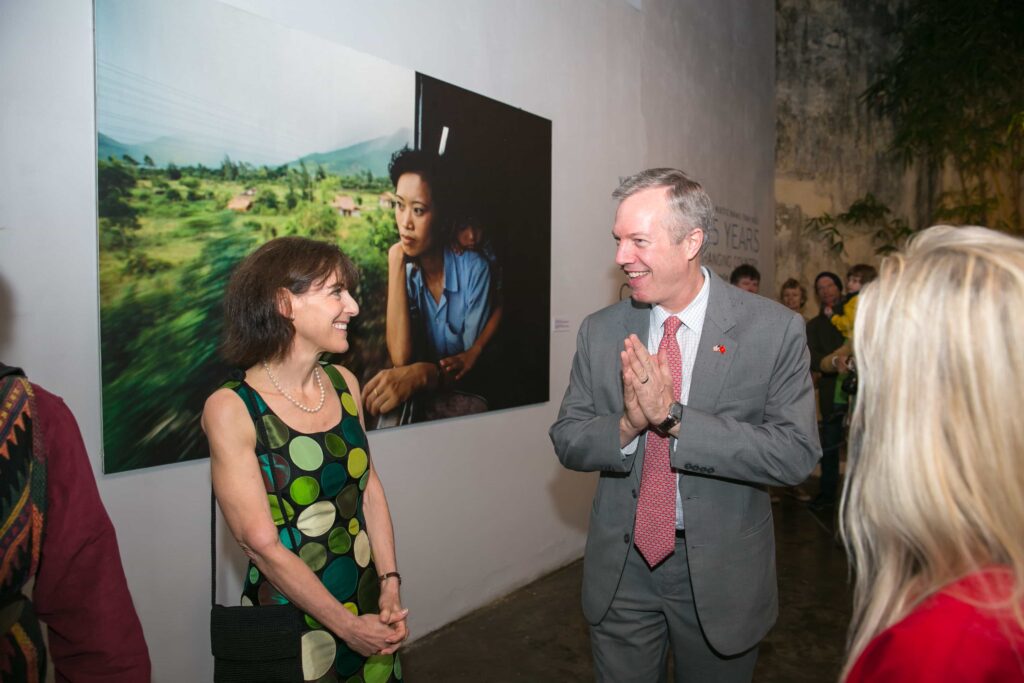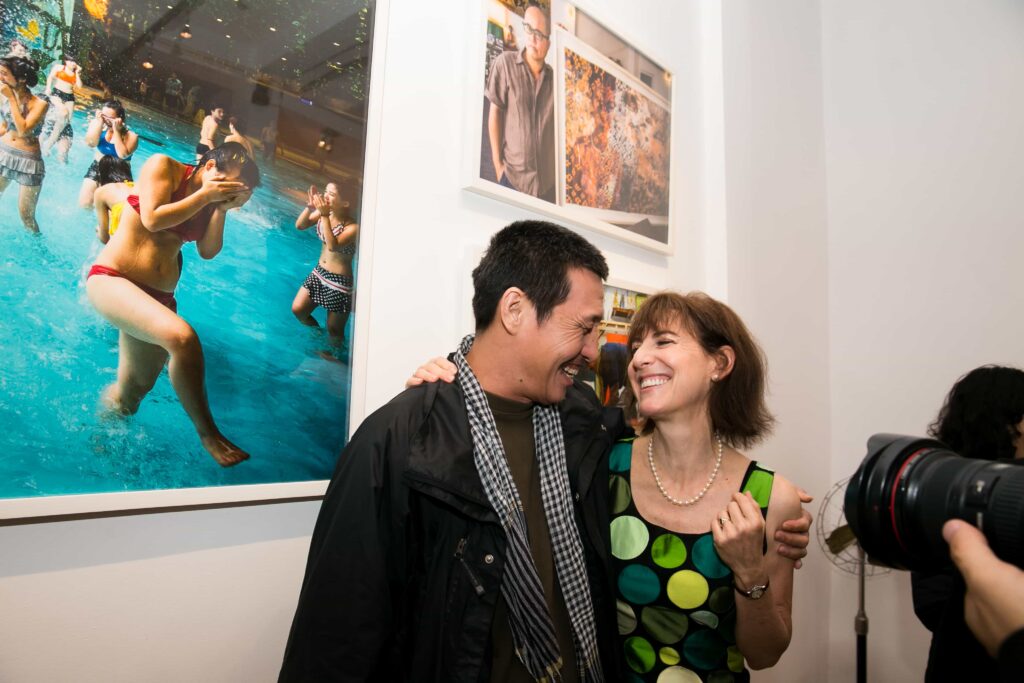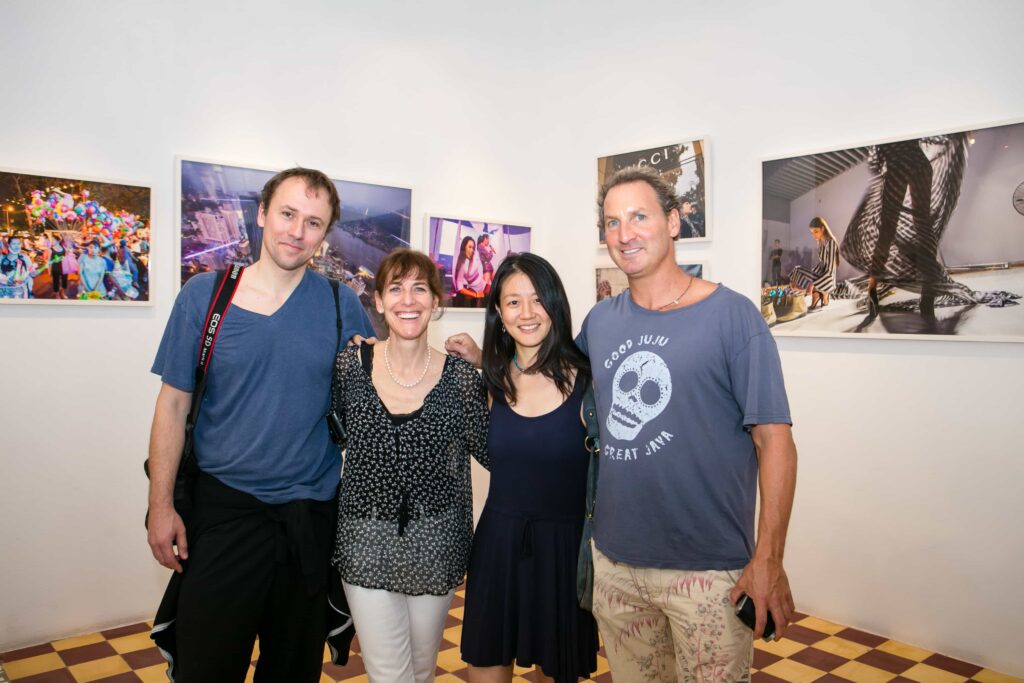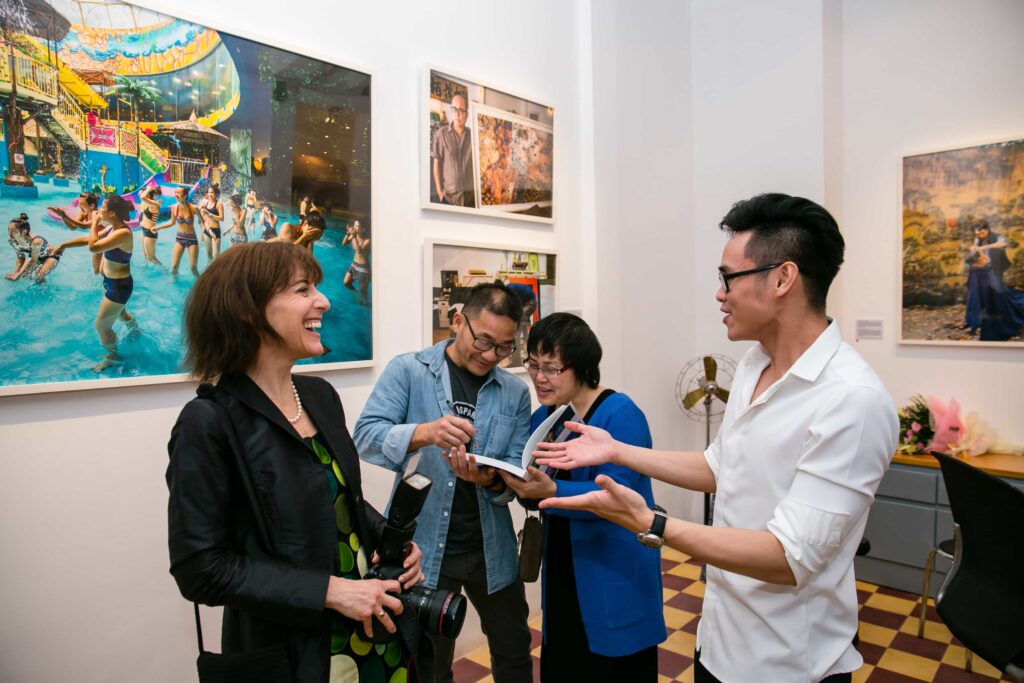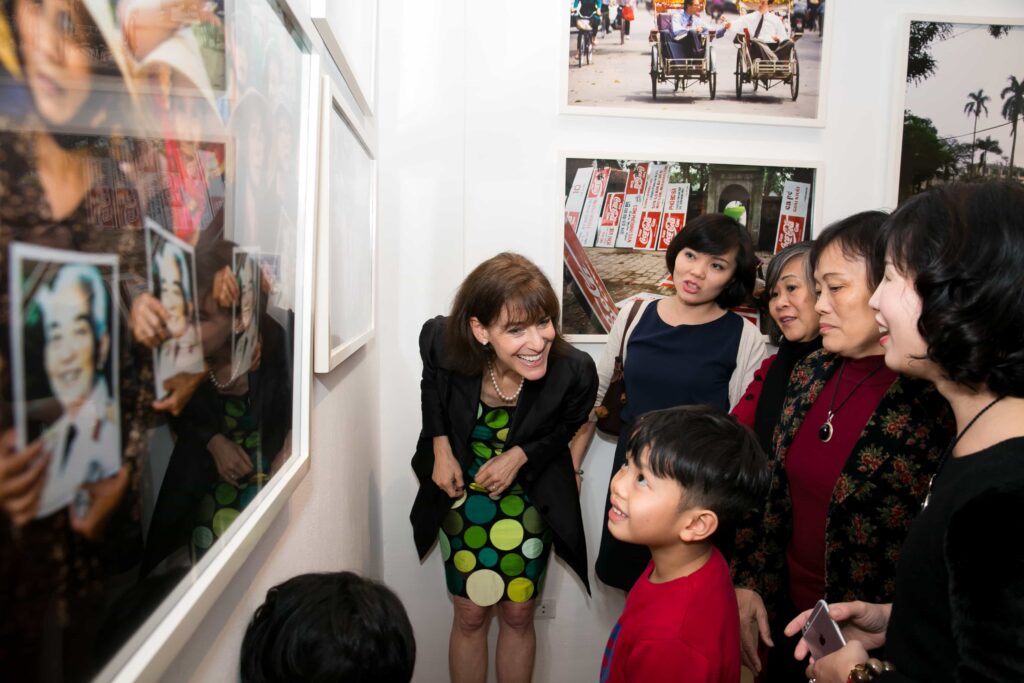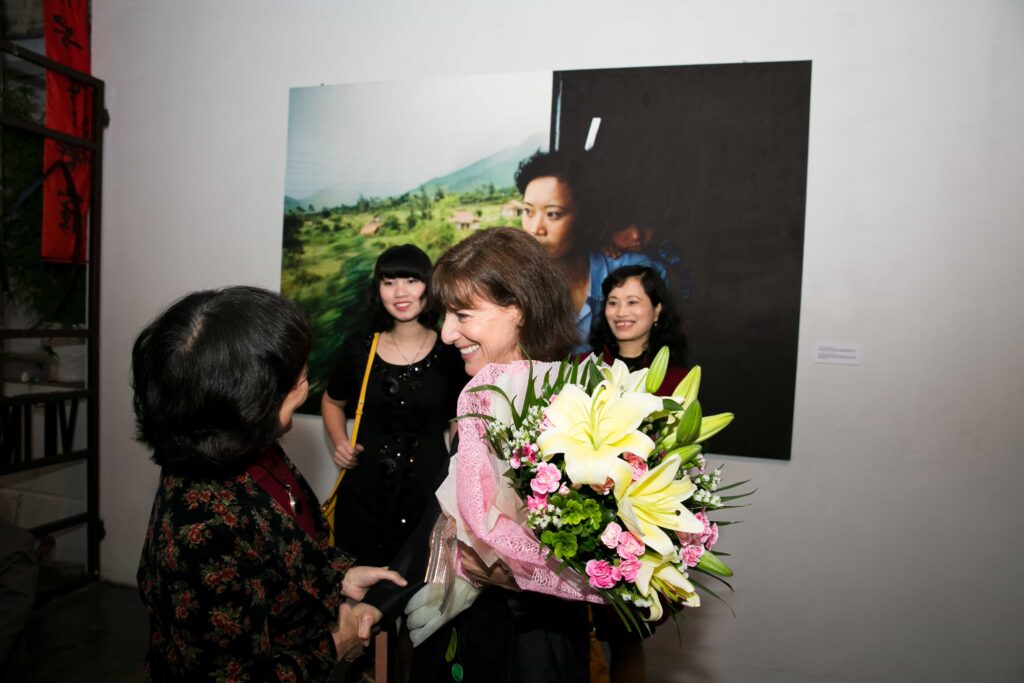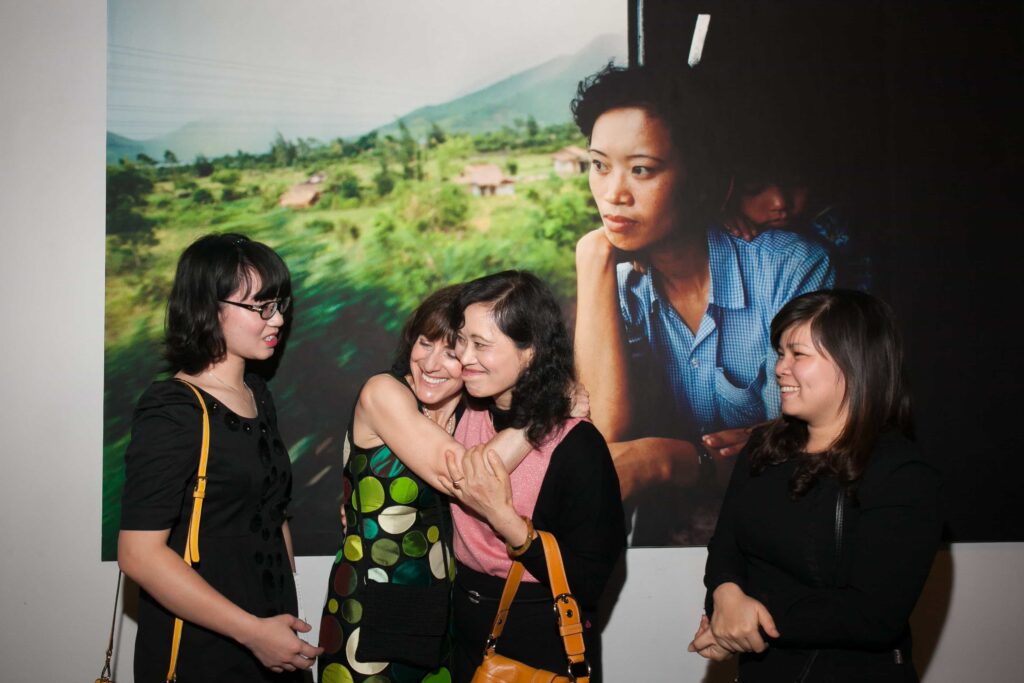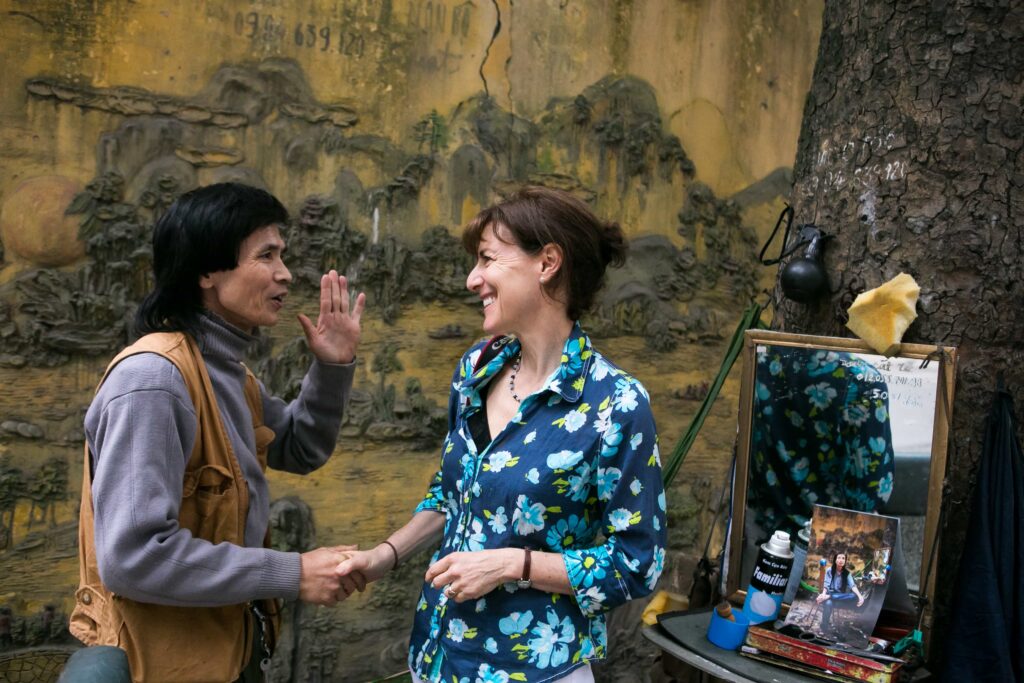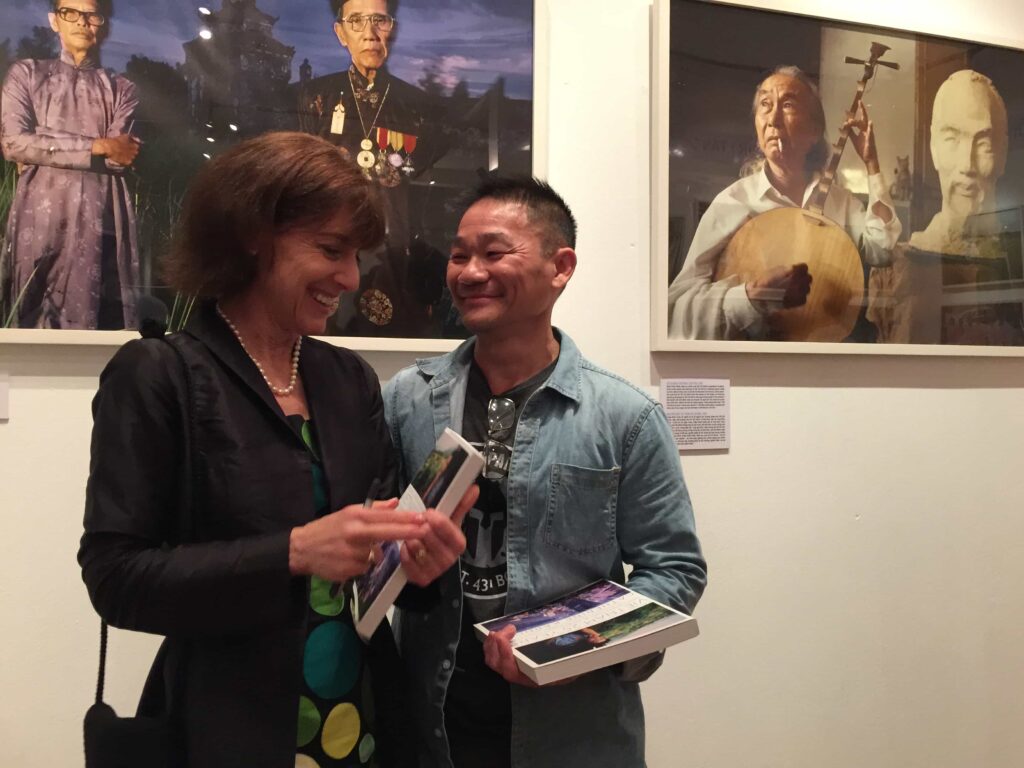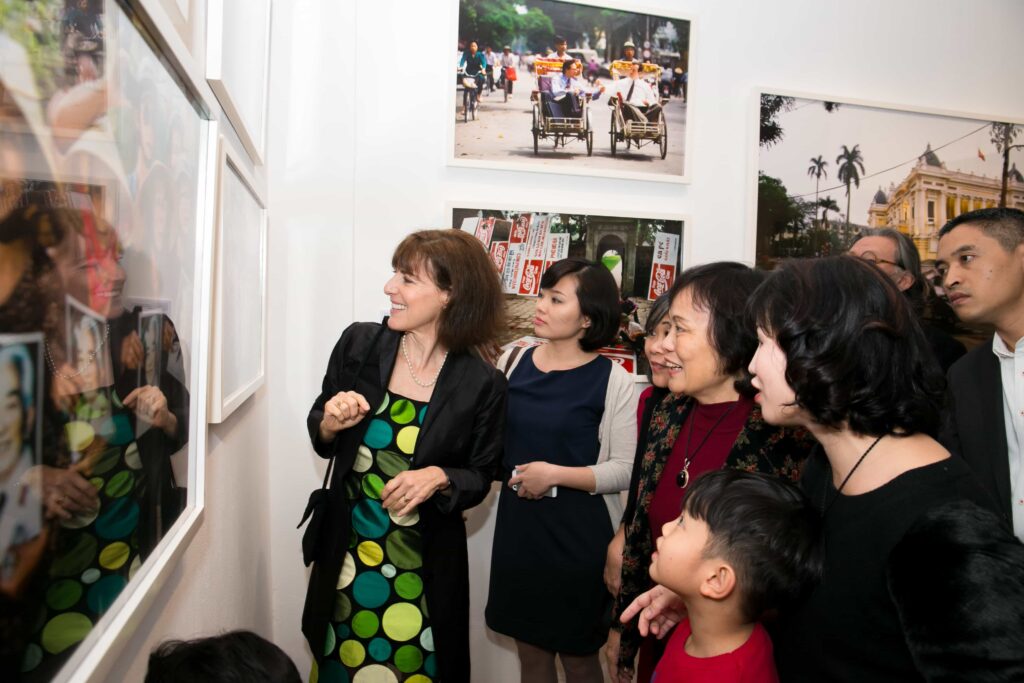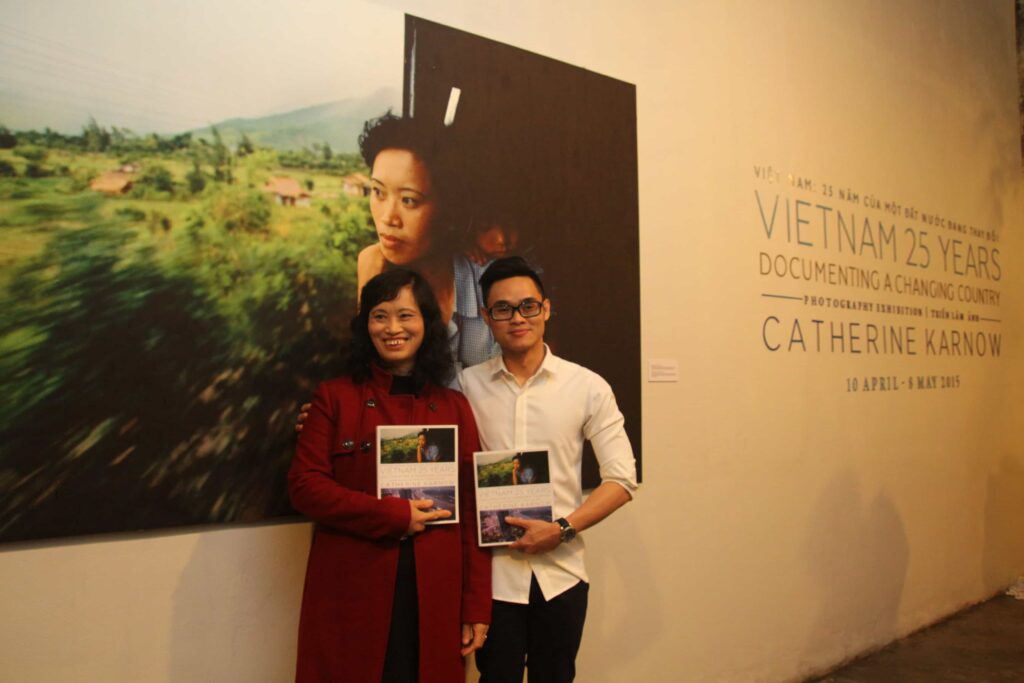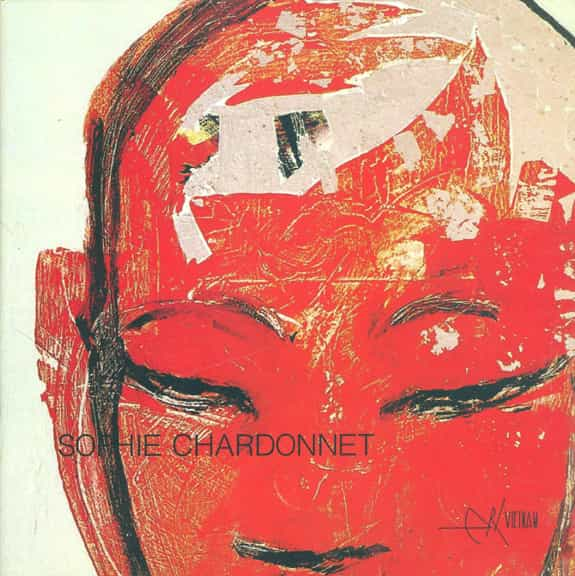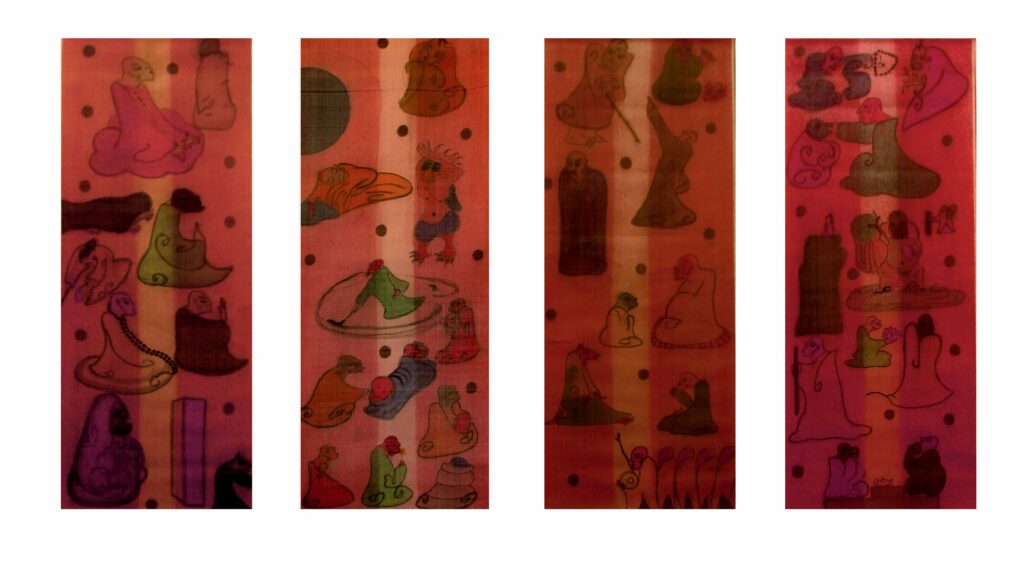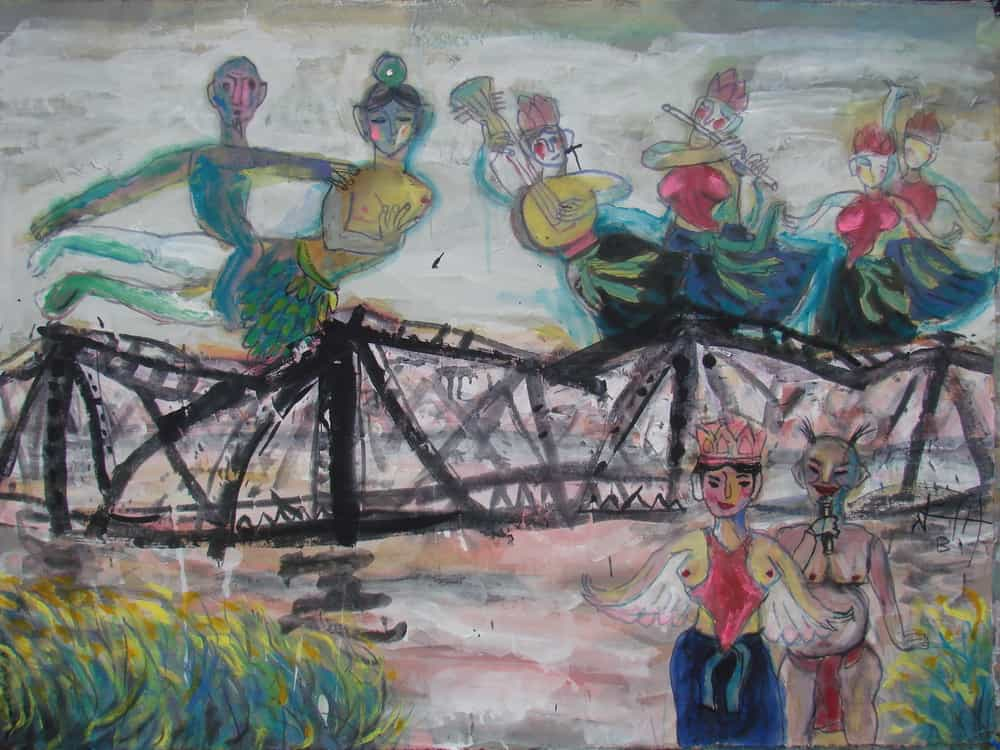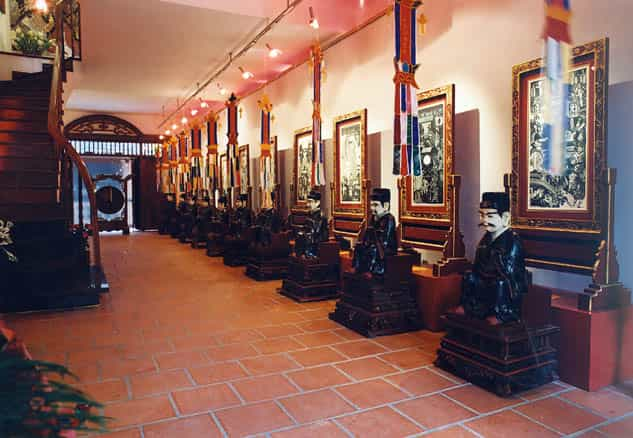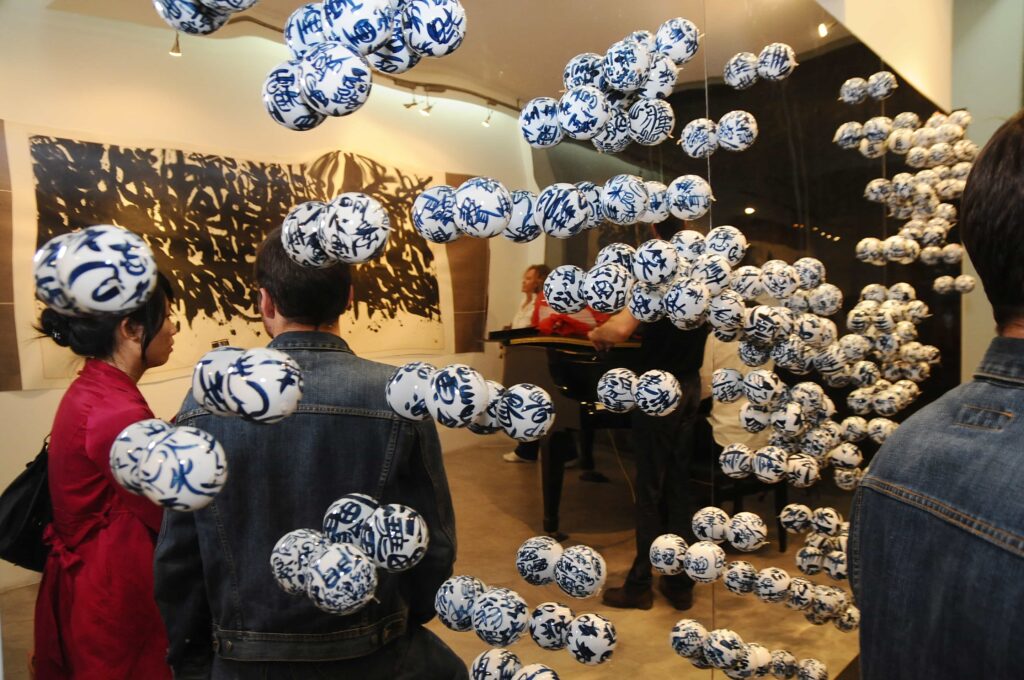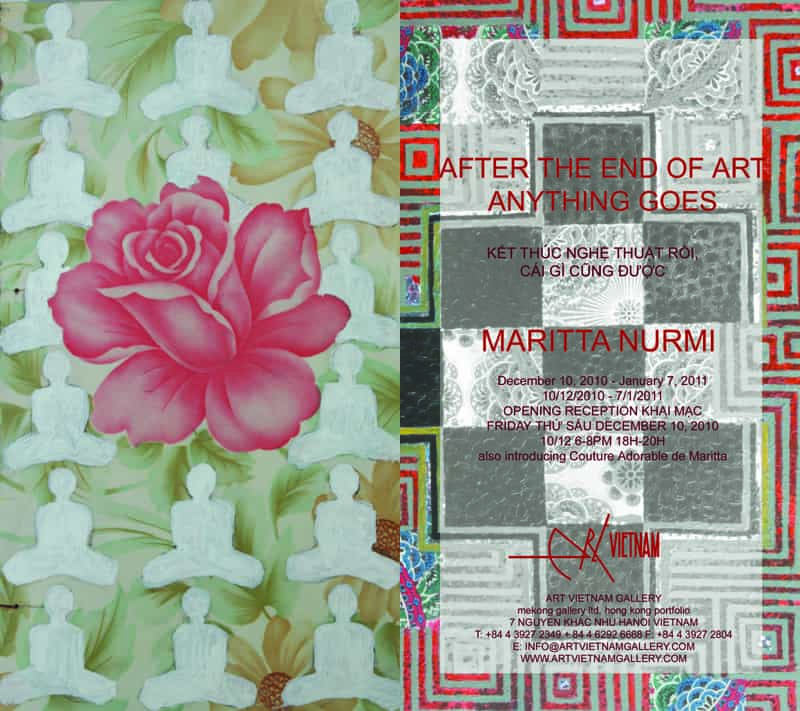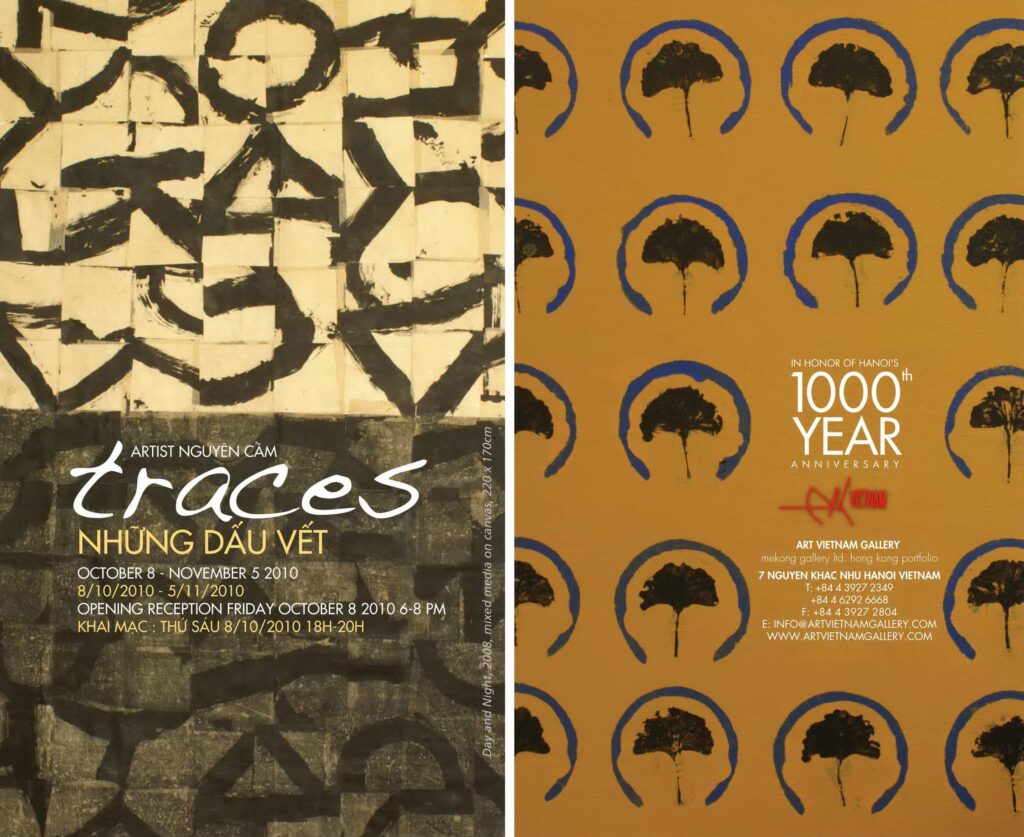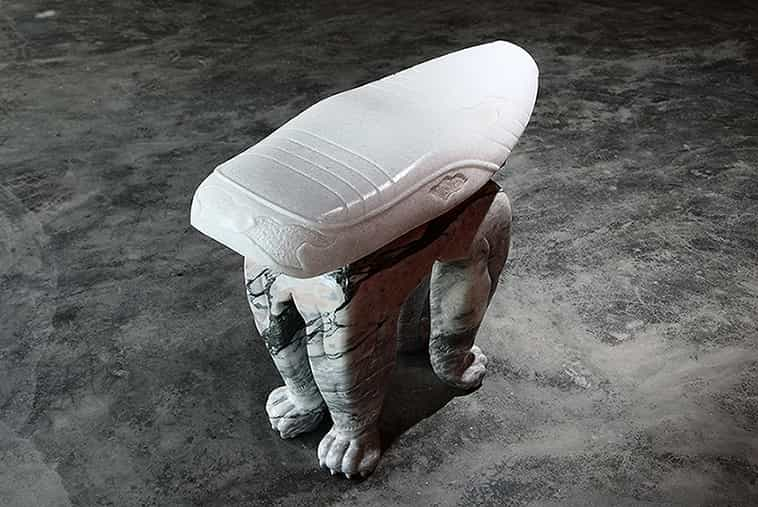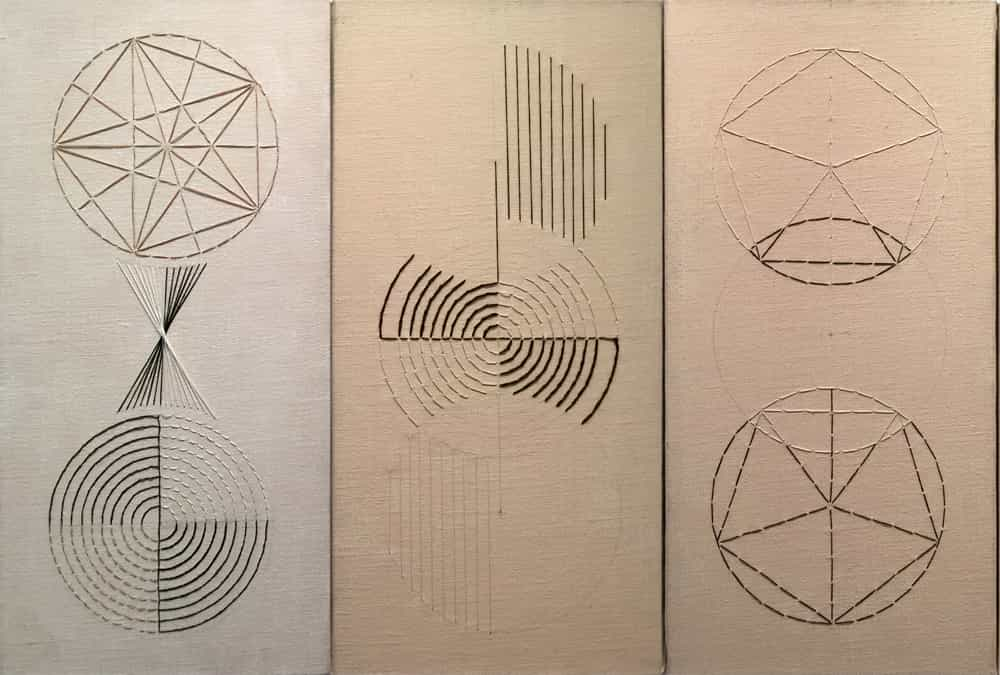25 Years of Documenting a Changing Country
Vietnam has a way of entering your pores—slowly, silently—it becomes a part of your breath, the way you move in the world without ever realizing it, until one day you have absorbed its very essence into your being.
Catherine Karnow’s attachment to Vietnam—her 25-year history of photographing the morphing society and landscape—is a visual diary of how she entered this land of enigma and discovered its twists and turns at every intersection of life. Highly regarded for her work for National Geographic, covering the globe over the last three decades, Catherine presents an intimate view from the lens of the consummate insider.
Certainly, her father, Stanley Karnow, the renowned journalist and author of the seminal book and Emmy award-winning documentary Vietnam: A History, has informed some of her passion. But clearly, she has found her very own personal relationship to this land—with its troubled history and promising future.
The exhibition is the story of this poignant, emotional journey of Catherine, following in the footsteps of her esteemed father, as she immerses herself into the life and breath of Vietnam. At each juncture, she forms relationships—often lasting friendships—with the subjects of her photographs. Her images portray not only the transformation of the country, but also the transformation of the photographer herself, seemingly fulfilling her preordained, soulful connection to the land.
The exhibition is sectioned into periods of time: from the somber years of the early ’90s, the General Giap era, the Doi Moi years, Agent Orange / Amerasians, and finally, the New Vietnam. Each era holds its own special place, reflecting a moment captured by the lens of a sensitive camera attuned to the idiosyncratic atmosphere.
The early works are pensive and full of questioning. Much like the photographer herself, the subjects seem to be searching for a way to make sense of it all—the tragedy, the sadness, the loss, the feeling of isolation. Catherine listens to the stories and, as she gets drawn into the lives of her subjects, she enters a world at once foreign and, at the same time, oddly familiar. Images from the beginning of her journey are filled with the longing and uncertainty of the early ’90s as the country struggles to rebuild and find its place in the world. Portraits of writer Bao Ninh, author of The Sorrow of War, and sculptor Diep Minh Chau, who created the bust of Ho Chi Minh, reveal the poignancy of the harsh realities of the time—and yet, a sense of humanity and hope for the future whispers faintly.
The Doi Moi works portray a country with doors opening to international trade. Foreign alliances are formed as the country, poised on the cusp of a bright future, is hailed as the new Tiger of Southeast Asia. A flood of optimism pours forth as private individuals enter the world of international commerce, engaging in tantalizing trade and brand-new leisure activities.
The Giap years reflect the deep friendship and legacy of the Karnow family in Vietnam. Catherine has a long history with the Giap family, beginning with her first visit to General Giap’s home in 1990, and an intensely memorable journey with the General to Dien Bien Phu in 1994. Over the years, a deep friendship developed between Catherine and the family, rich in memories of her parents’ visits as well as her own.
In 2013, Catherine was invited by the Giap family to accompany them on the famous General’s funeral procession to his home village of Quang Binh—an honor immeasurable, and one replete with profound emotion. All along the way, the road was thronged with villagers, and Catherine noticed that many were holding up her widely published photo of the General. In that seamless, inexplicable moment, she knew that this mysterious connection she felt to this enigmatic land was something concrete, something she could touch and feel—a residue of deep feelings and friendships that had been growing over the years. The invitation told her she was accepted; the photo told her she belonged.
In the poignant Agent Orange / Amerasian images, one can feel the remorse and regret that such damage was inflicted on these unsuspecting souls—tragedy for both sides, resolution unrequited. Disquieting images of disfigured infants and the loneliness of the abandoned Amerasians are not comfortable, but they are important. To face the tragedy of the past is to begin the healing. Amidst the sorrow, one can perceive a faint hope—the promise of reconciliation and renewal.
Moving on to the New Vietnam series, the youth of Vietnam come blazing forth with renewed energy and a passion for life that is palpable—as we gaze at brazen consumption, fashion without rival, and extravagant lifestyles, all merely a dream only a scant 25 years before.
We are honored that Ms. Karnow will be present at the opening, as well as many of the subjects in her photographs, alongside other Vietnamese and American dignitaries.
A truly celebratory occasion, as subjects and photographer confront their shared history—reviving and sharing tender memories of long ago.
For two American women—photographer Catherine Karnow and Suzanne Lecht, Art Director of Art Vietnam Gallery and a resident of Hanoi for 21 years—this occasion is a tribute to all the people who have touched our lives and made Vietnam reside in our hearts.
Suzanne Lecht
Art Director
Art Vietnam Gallery

